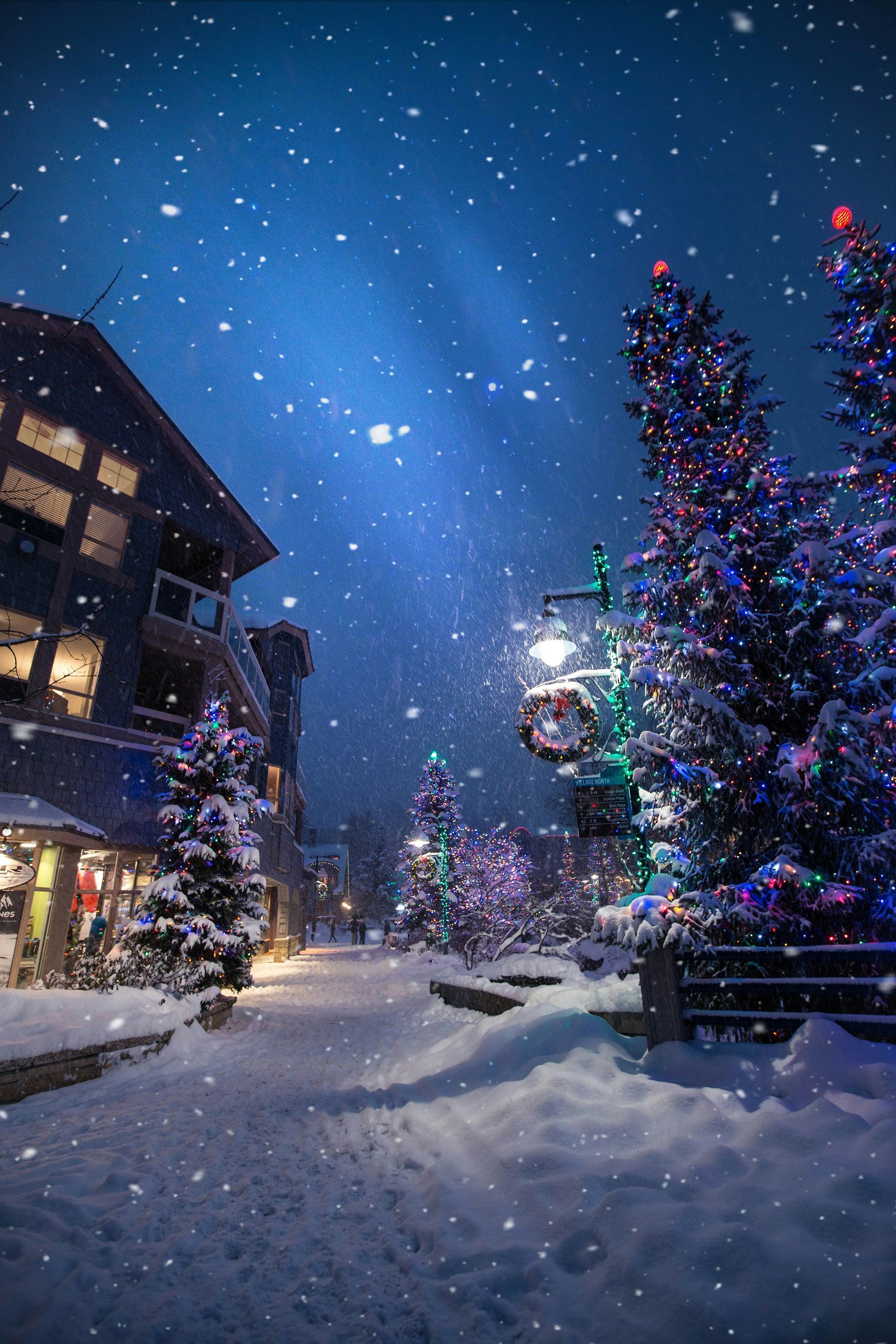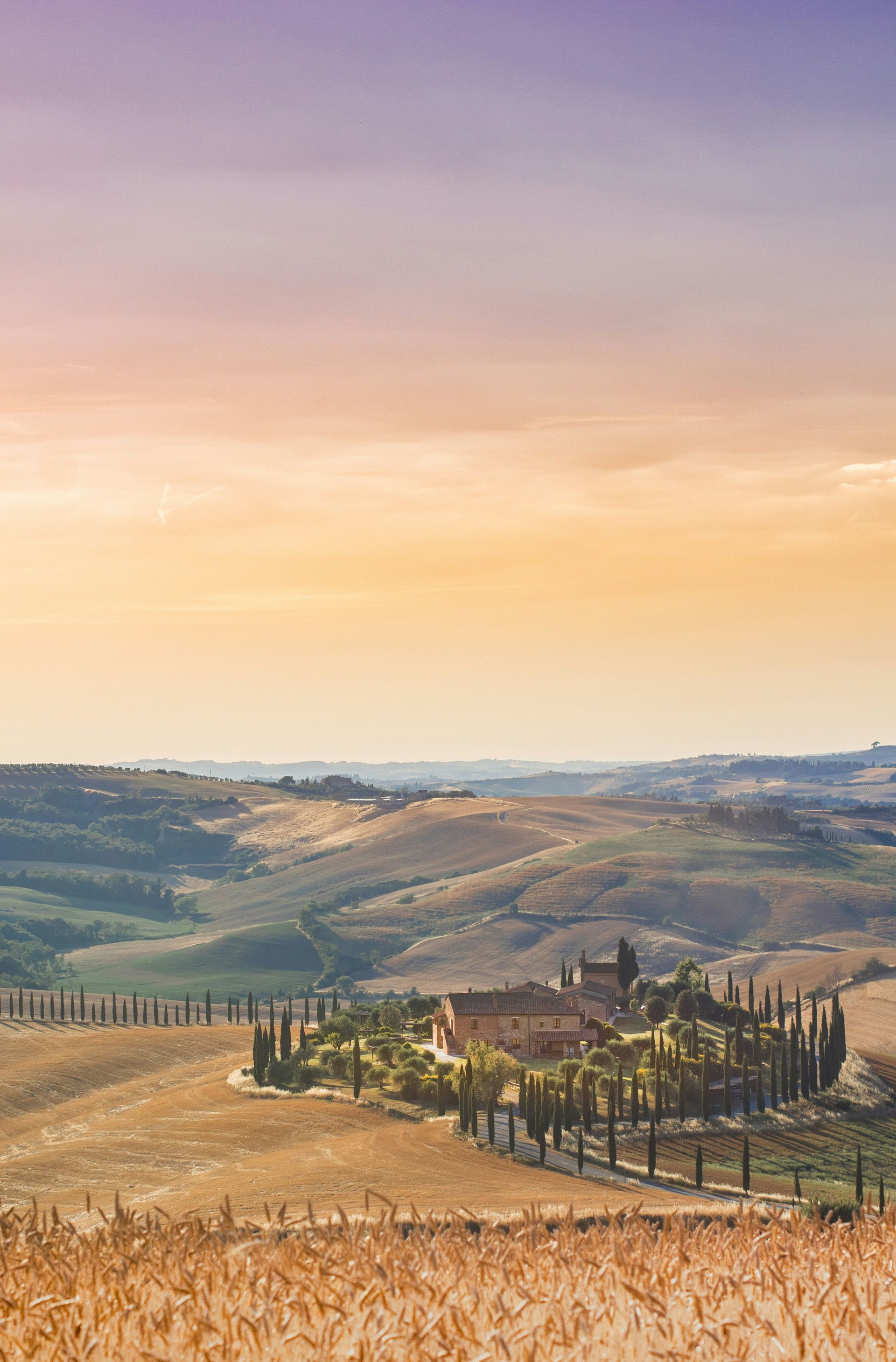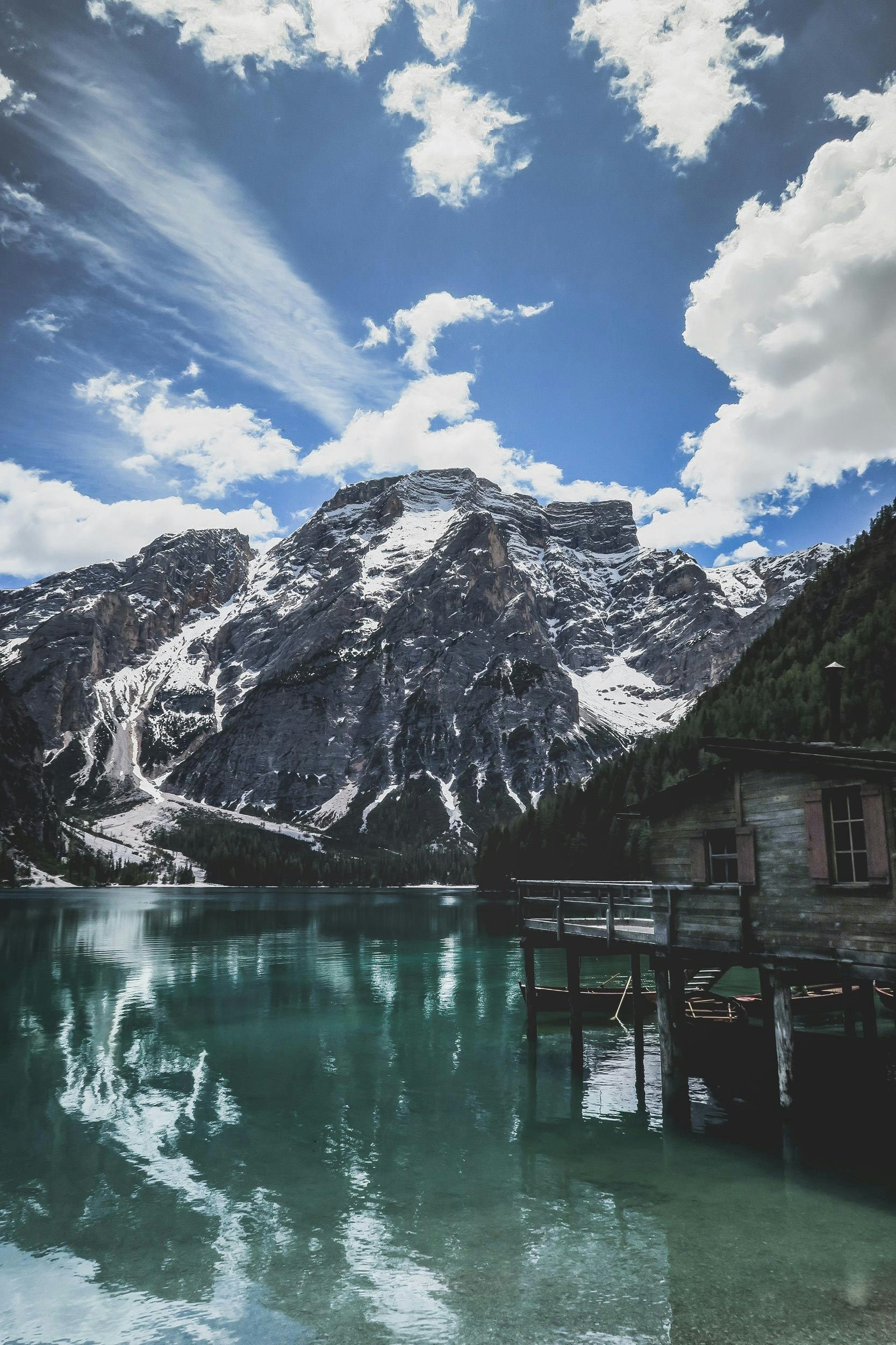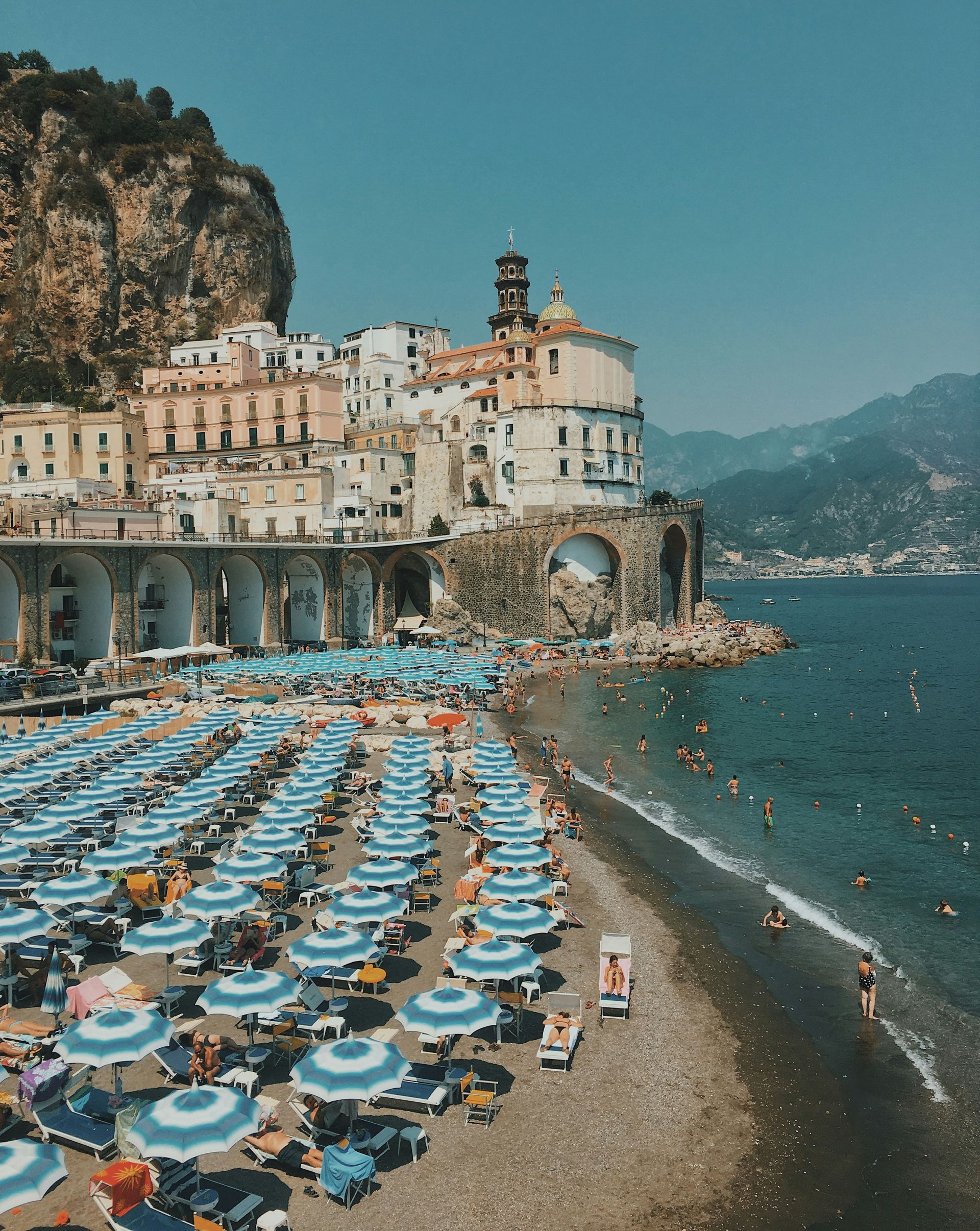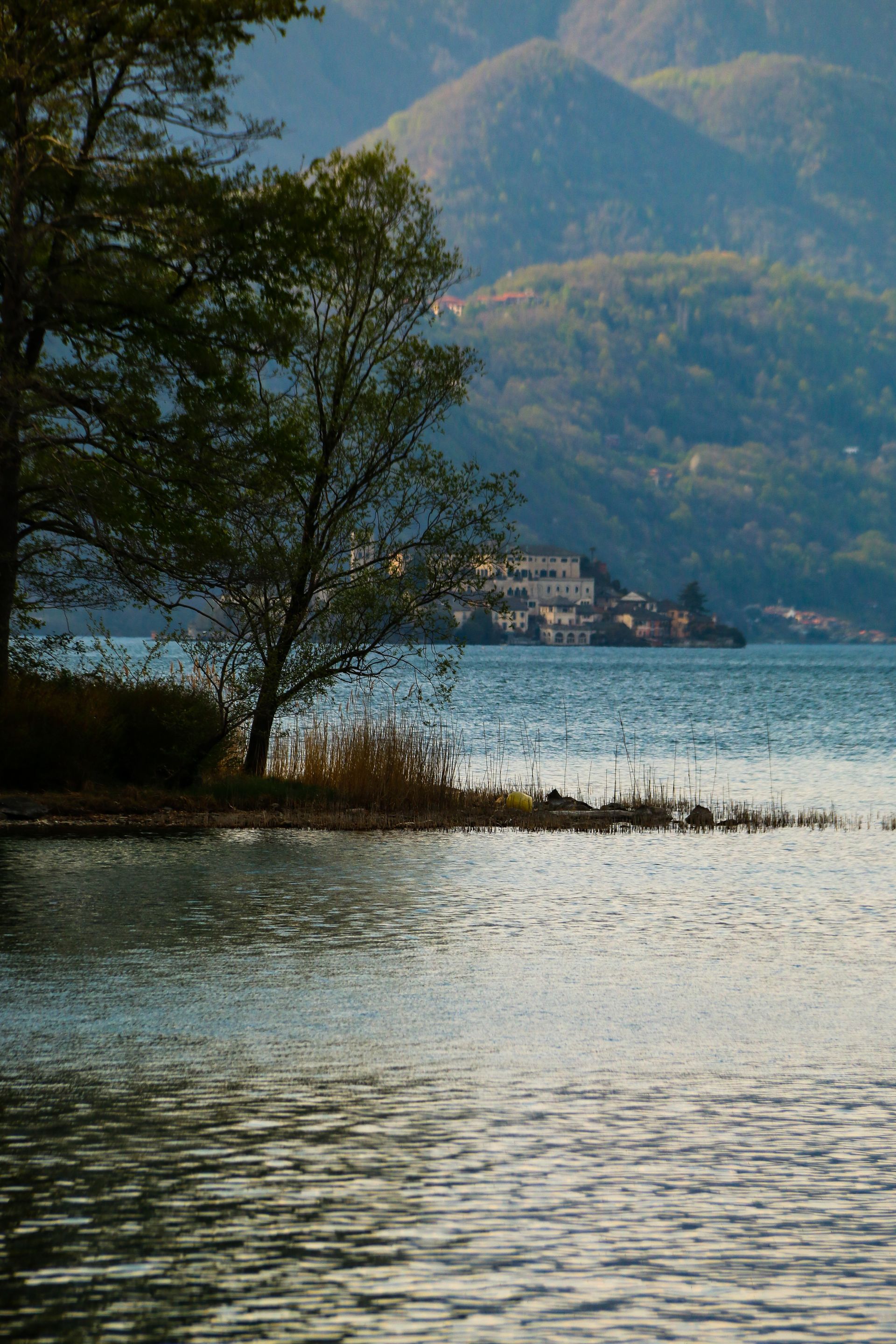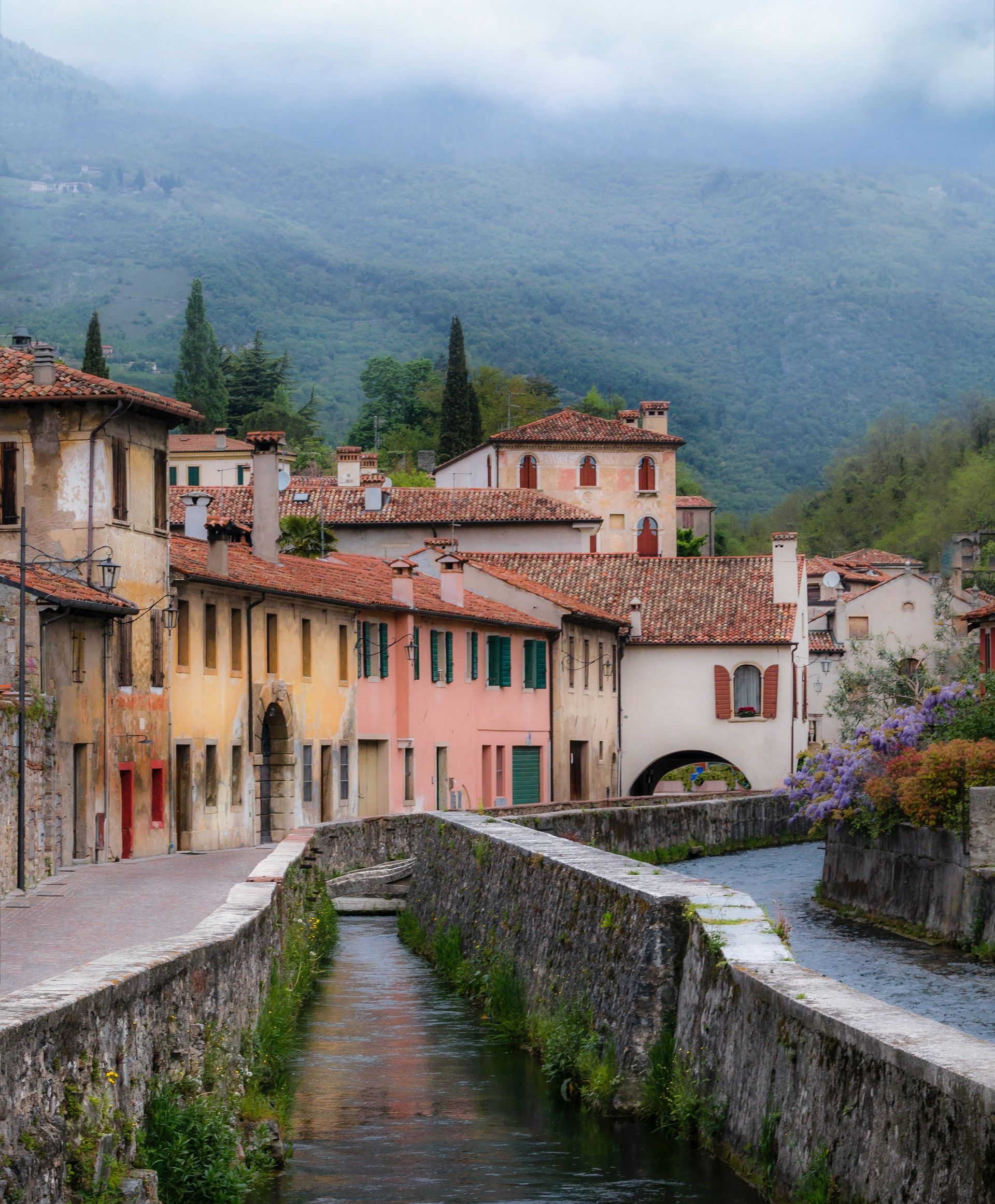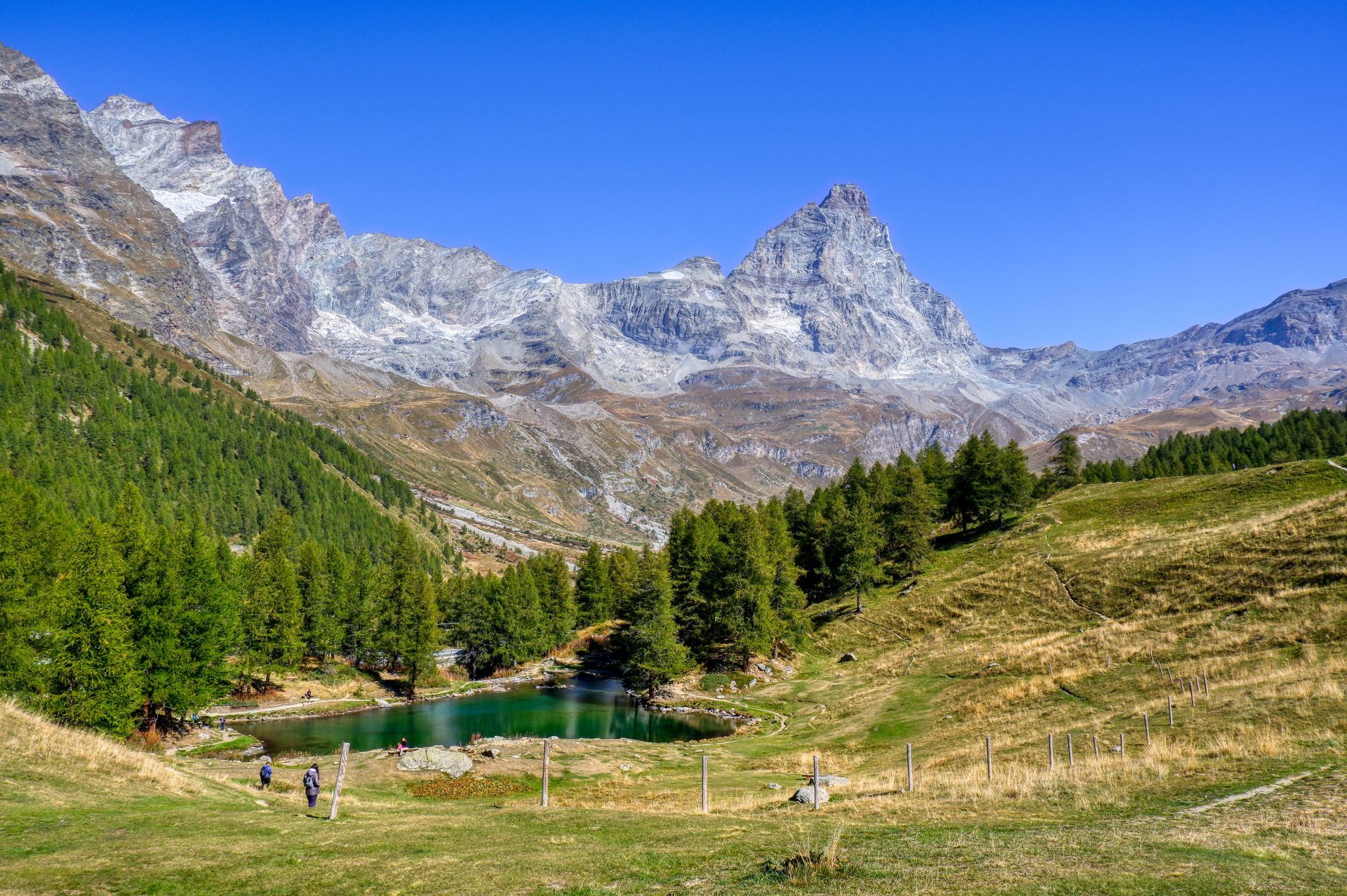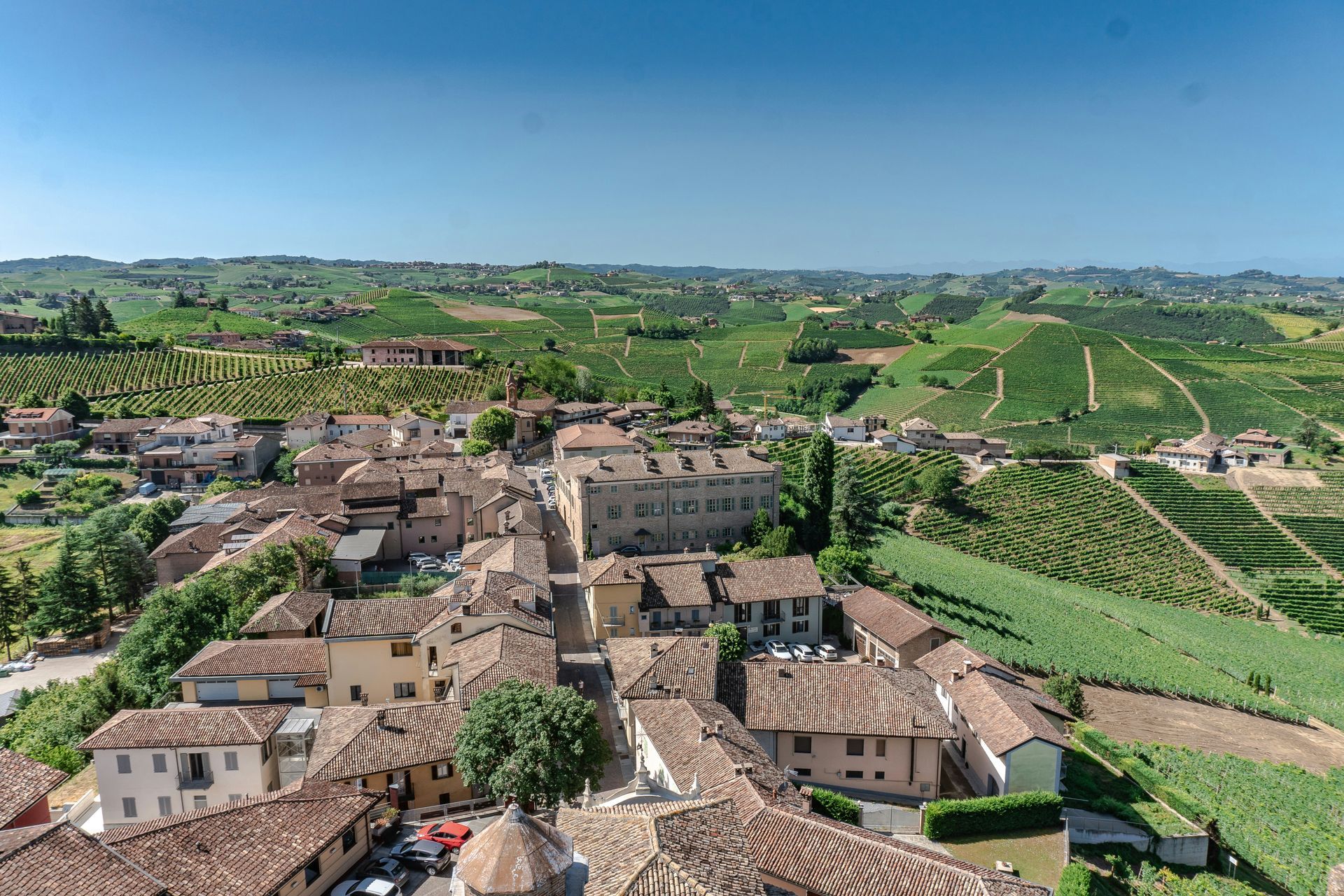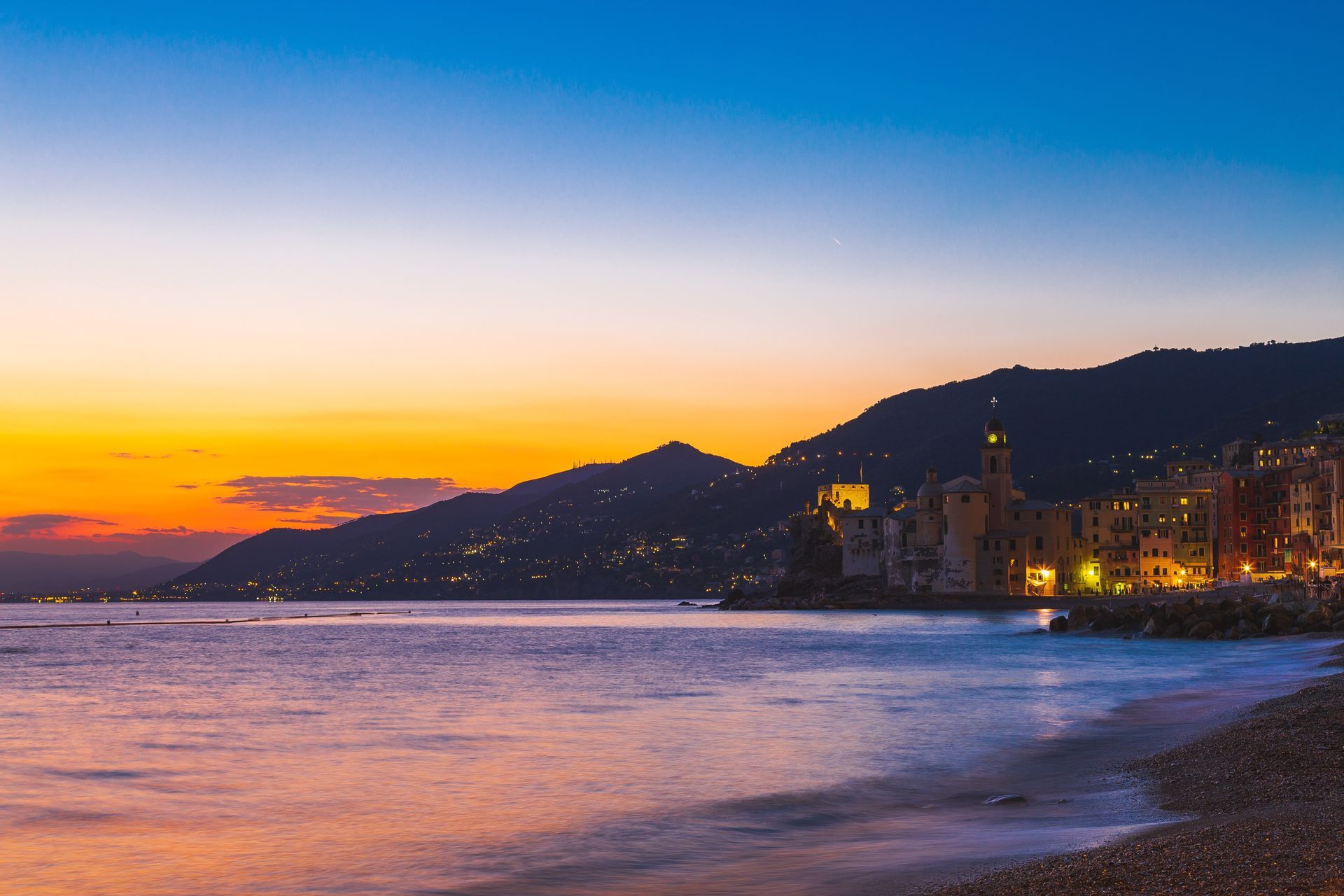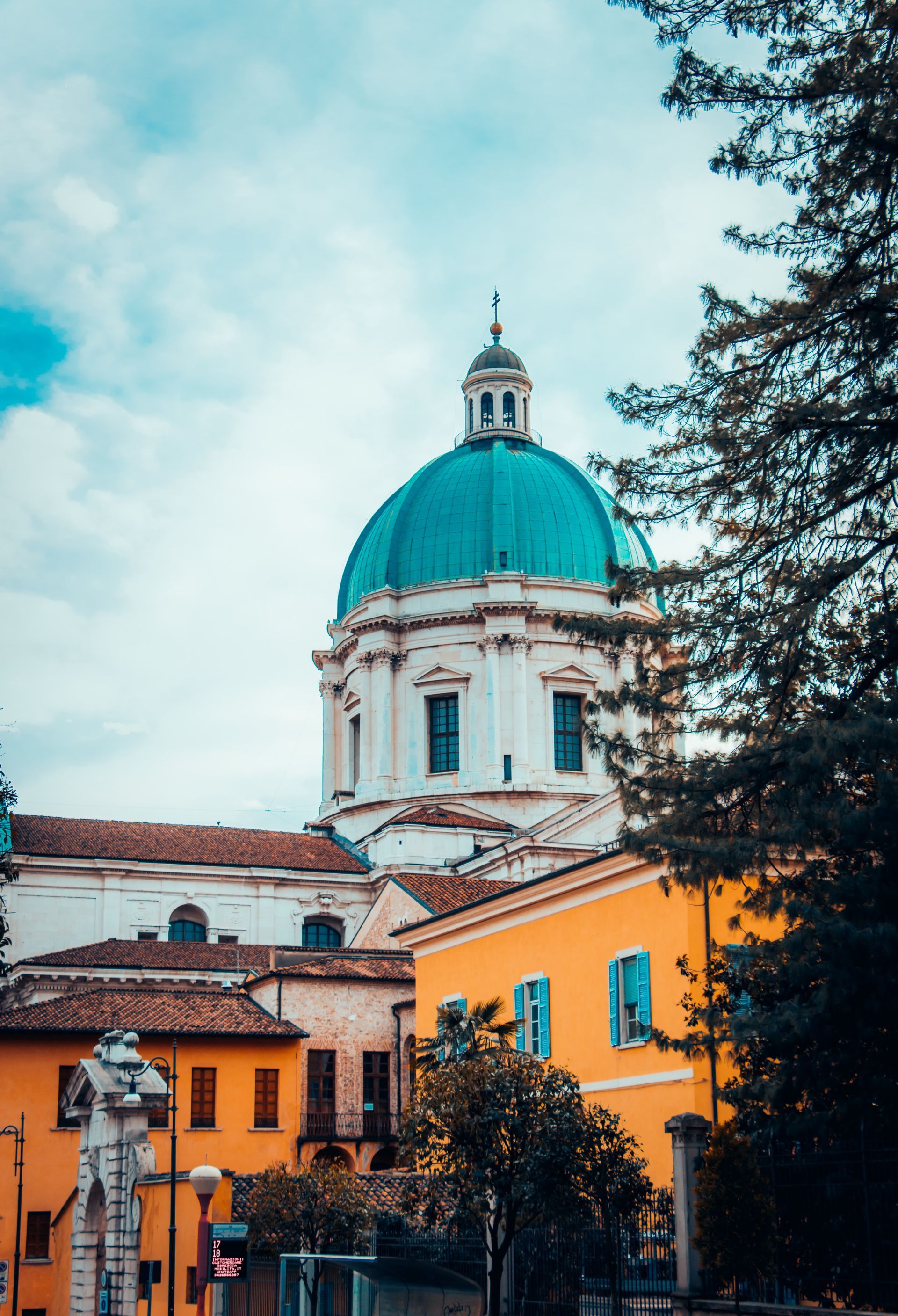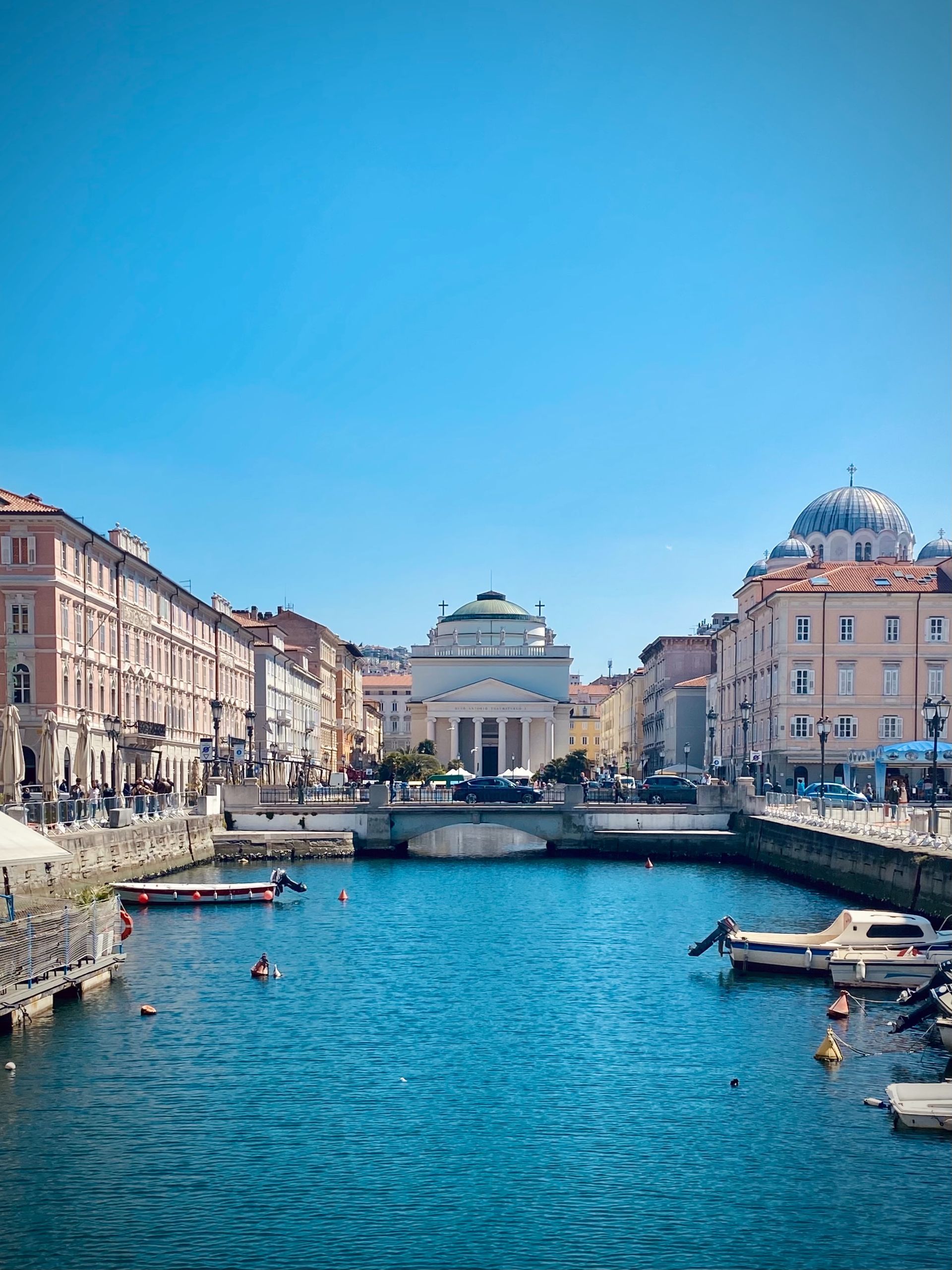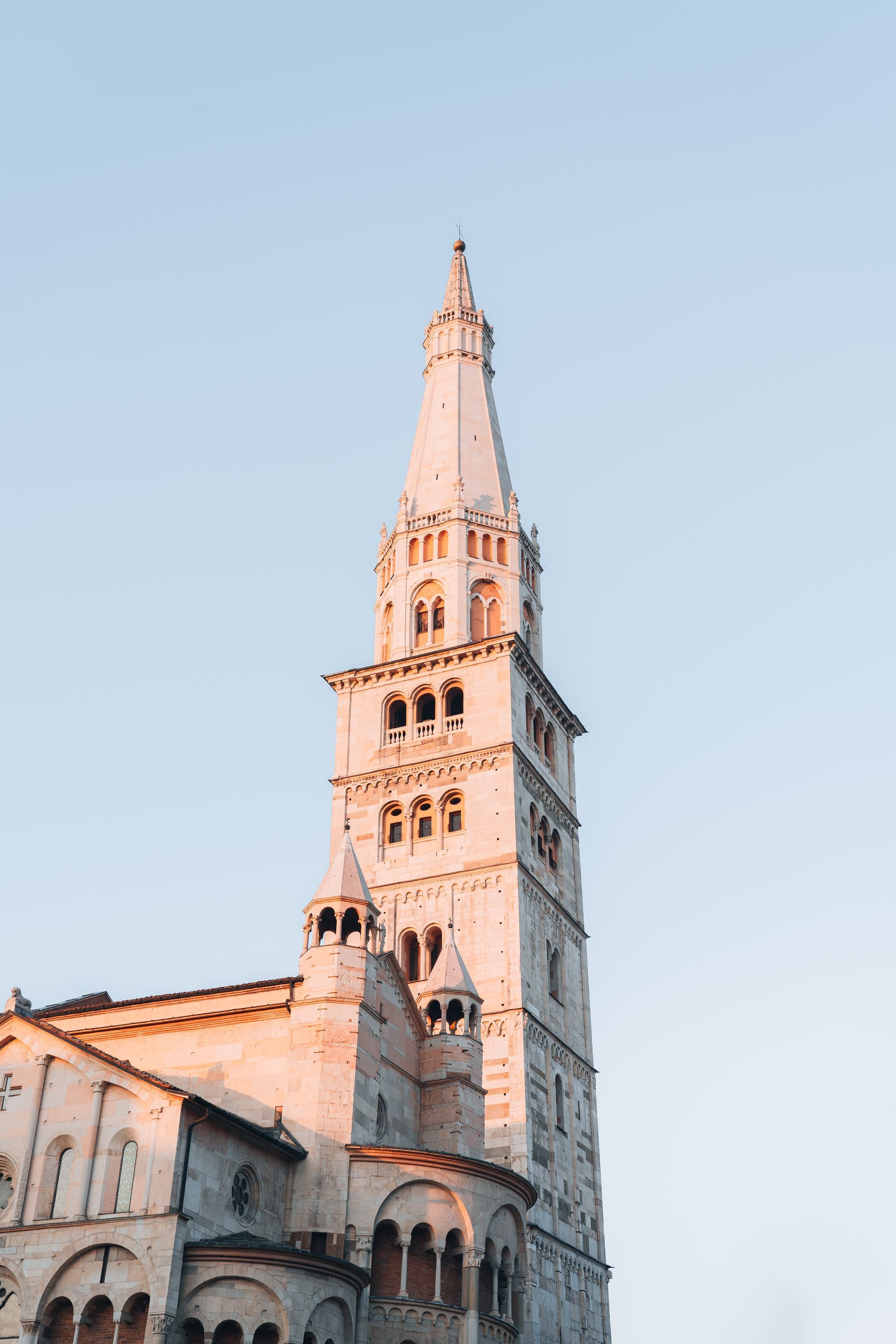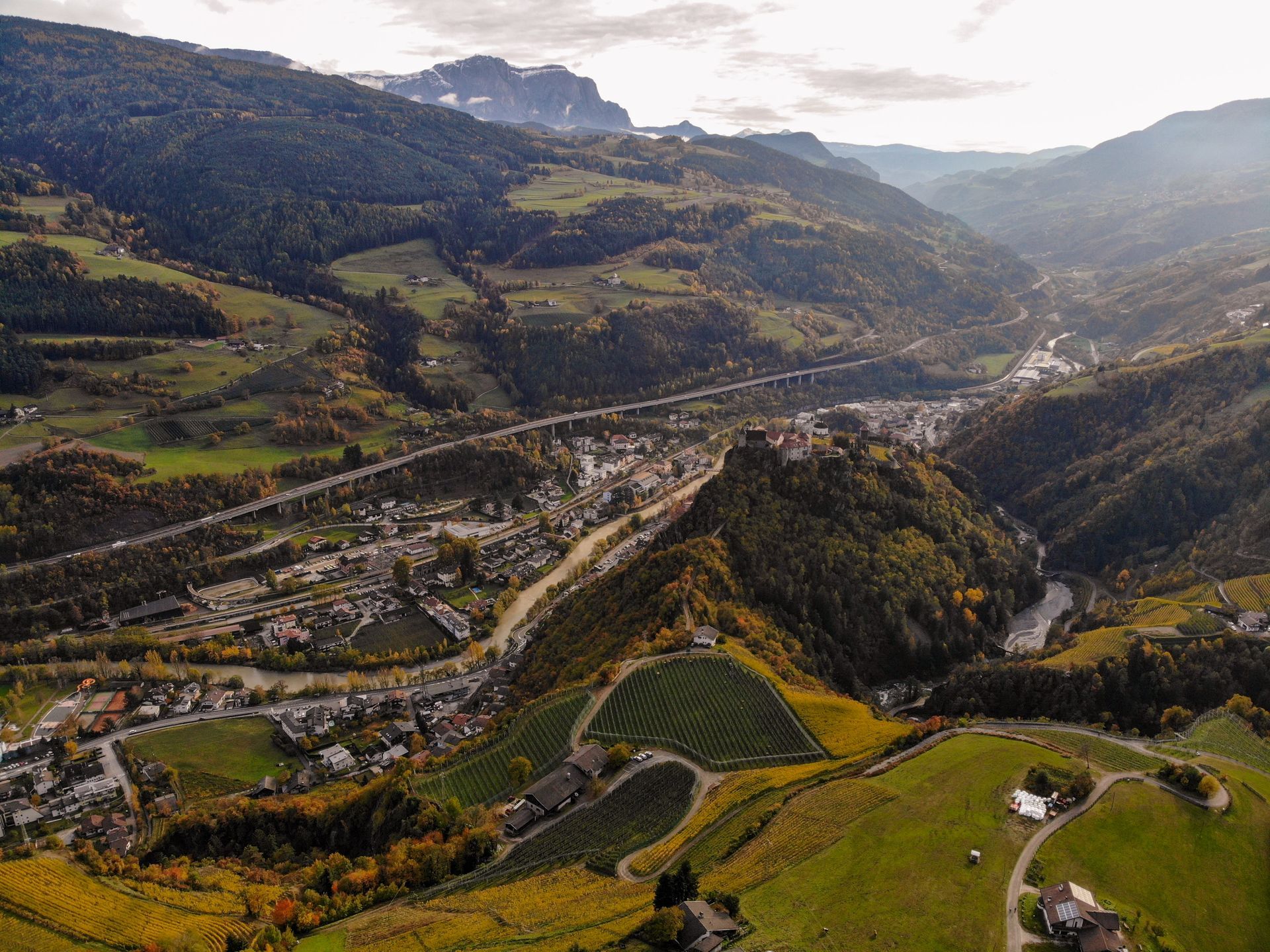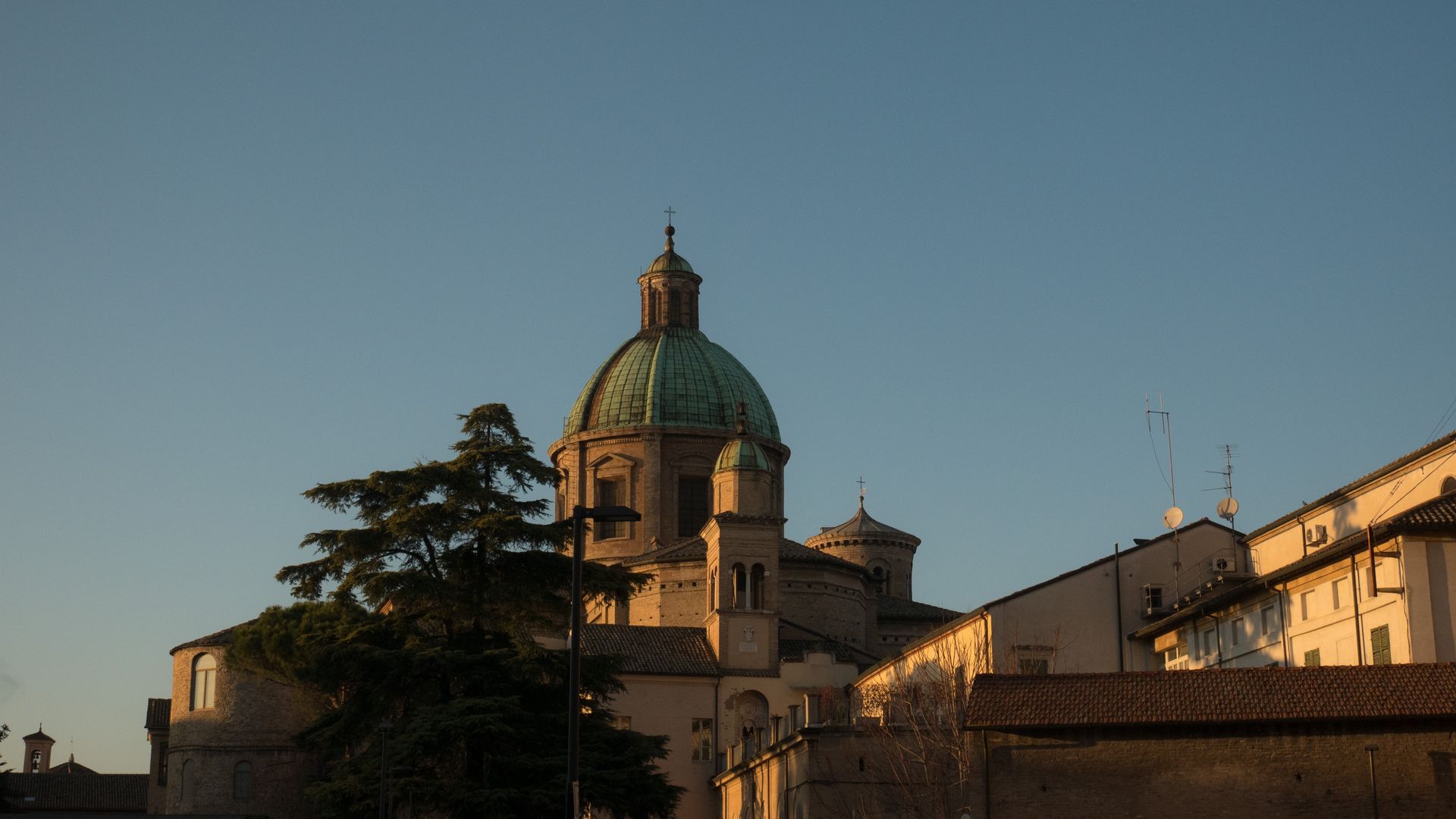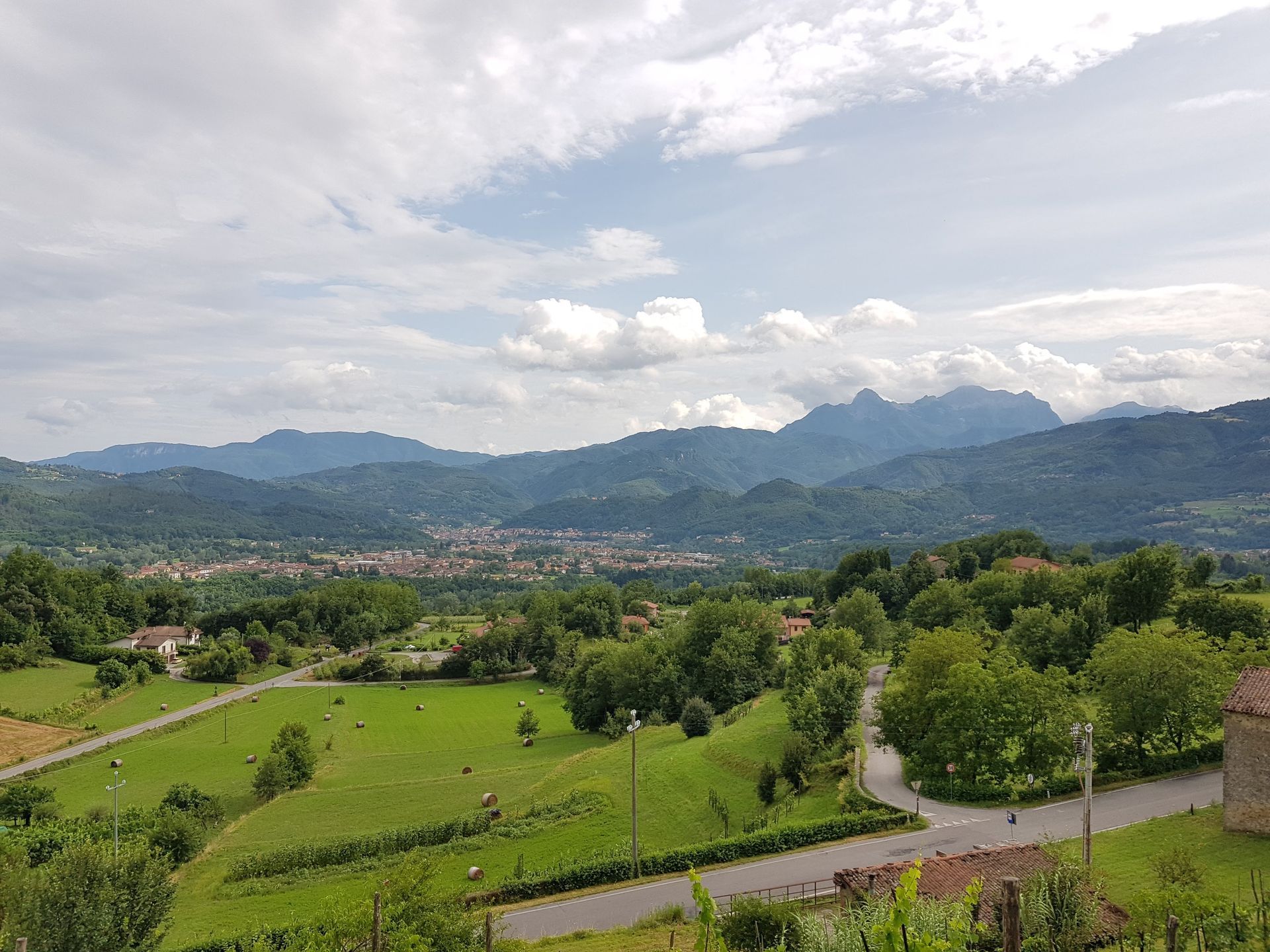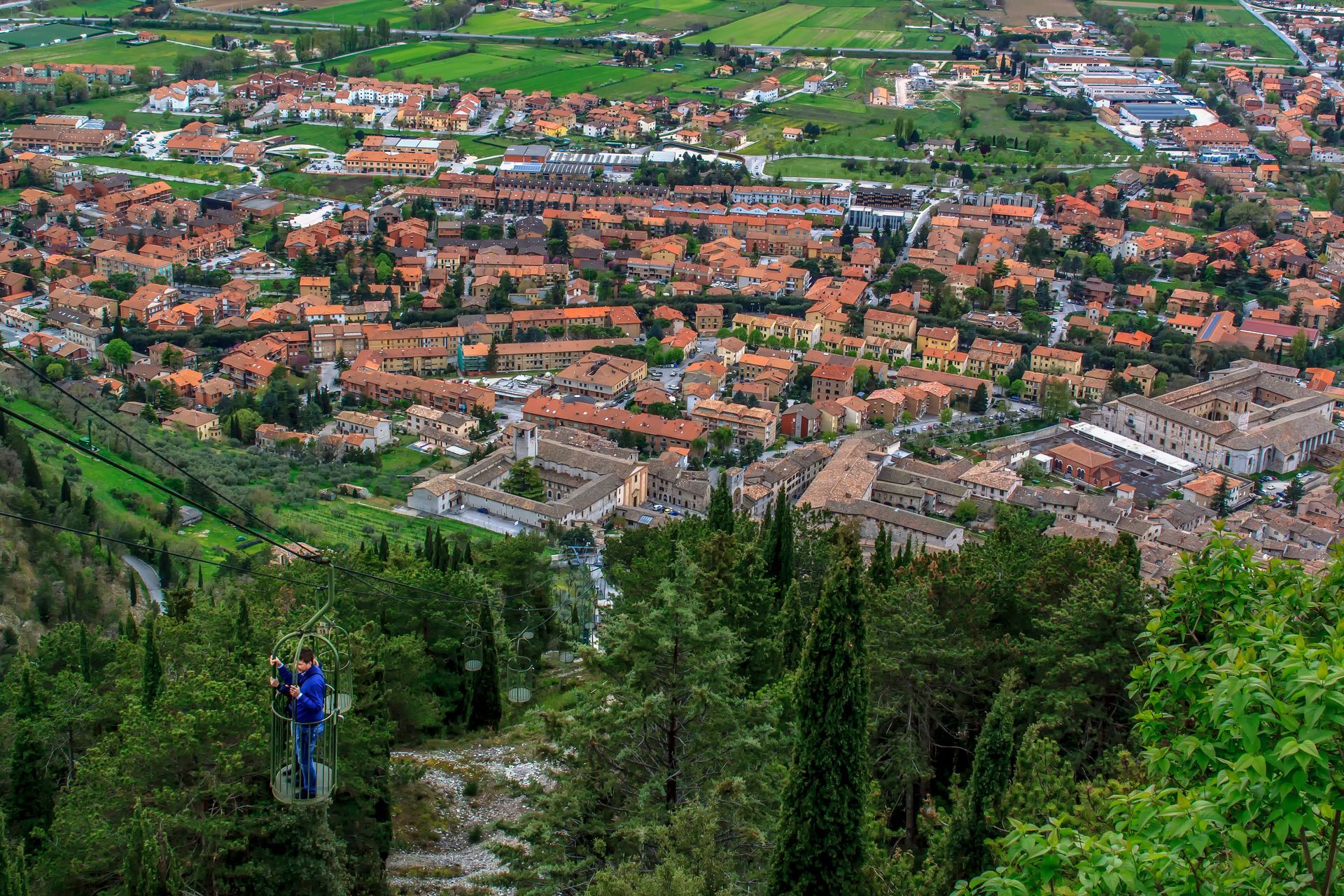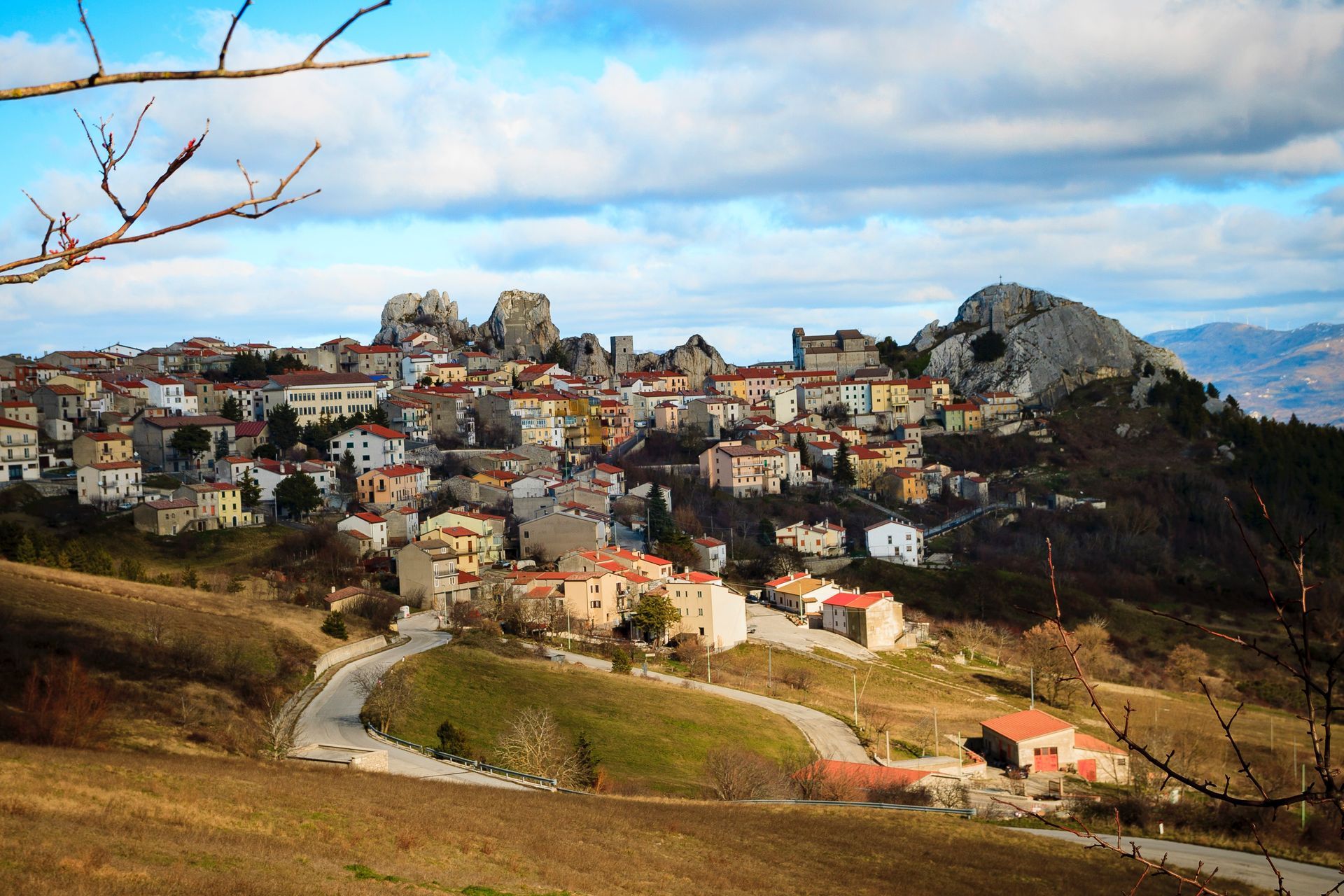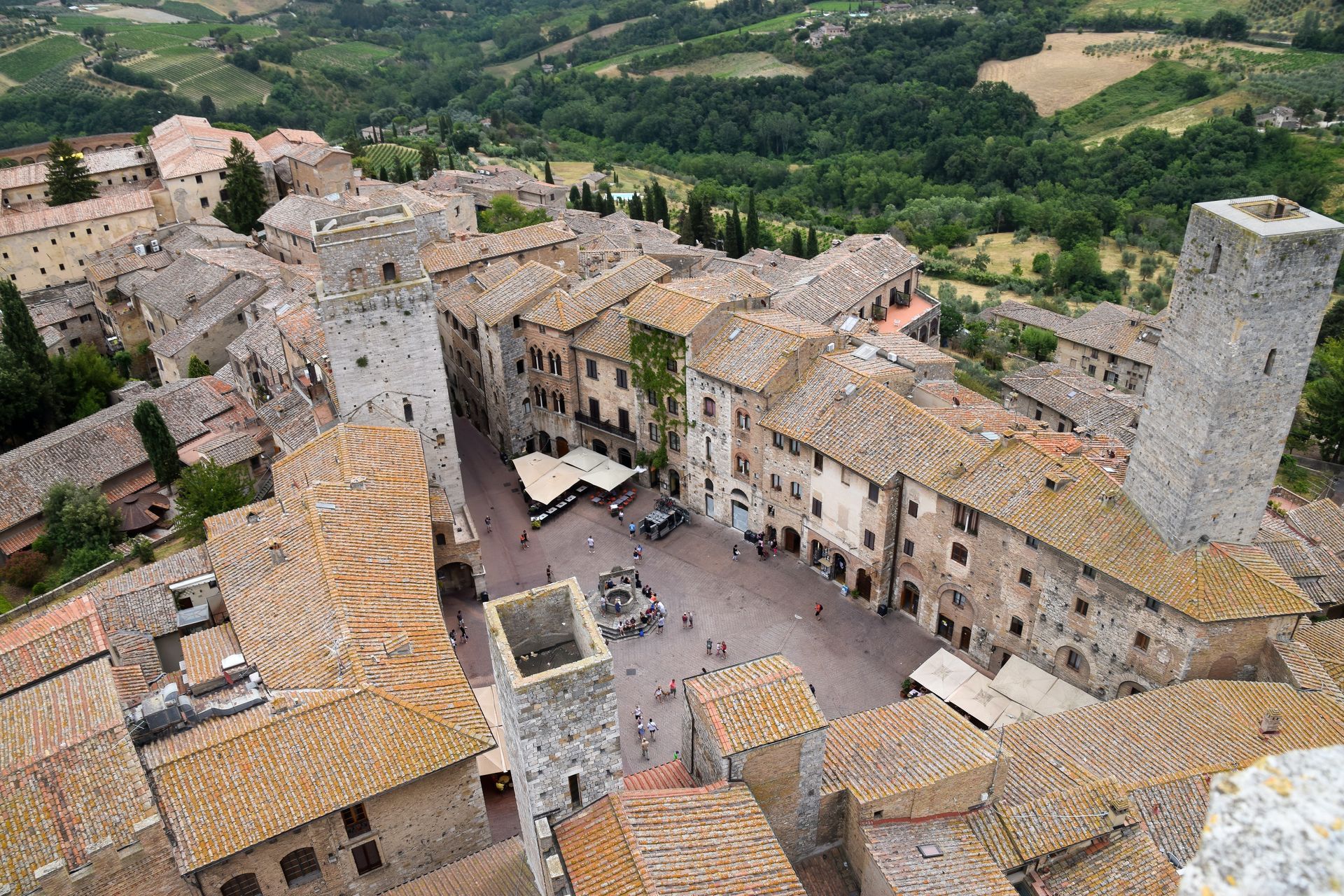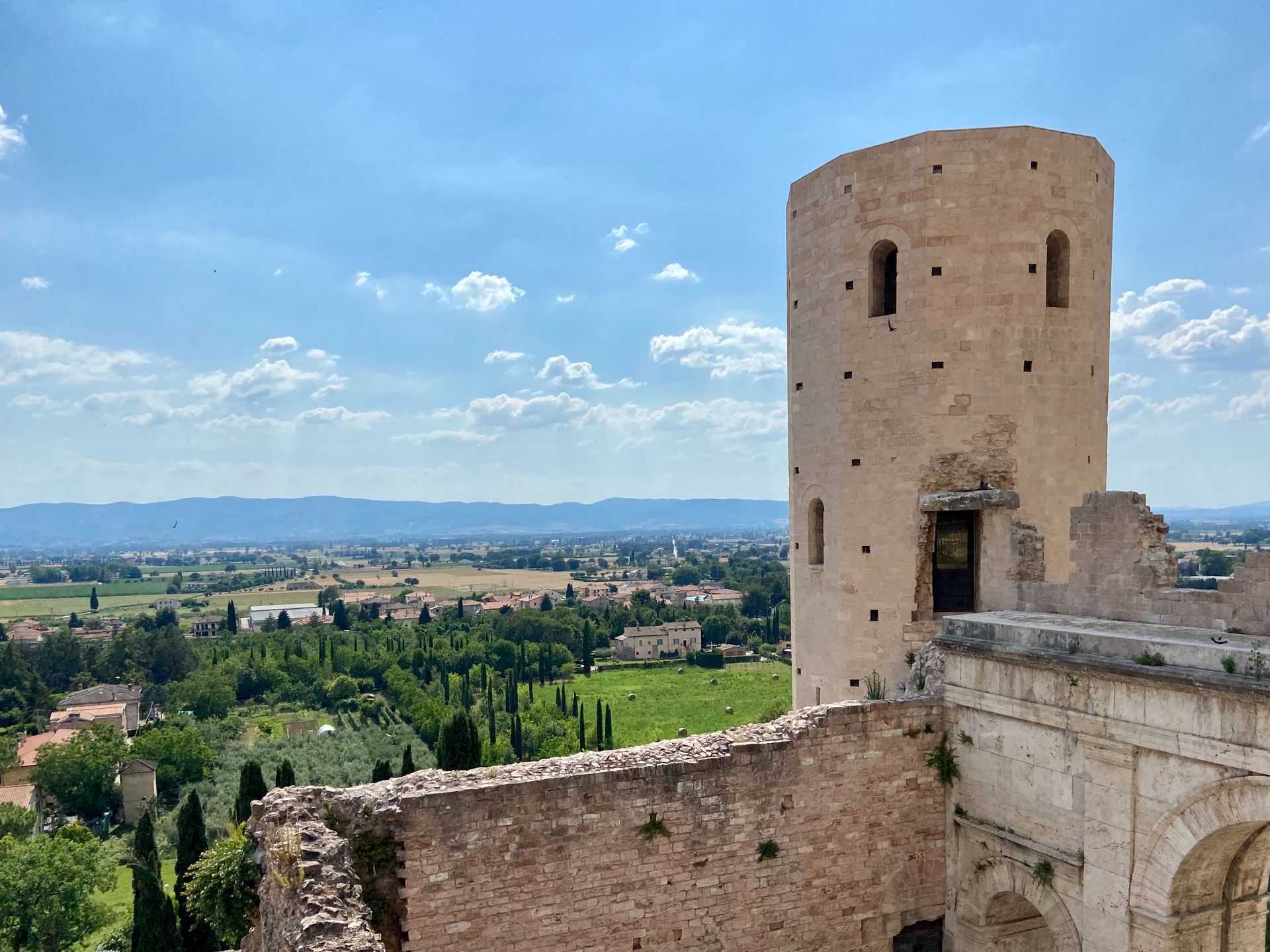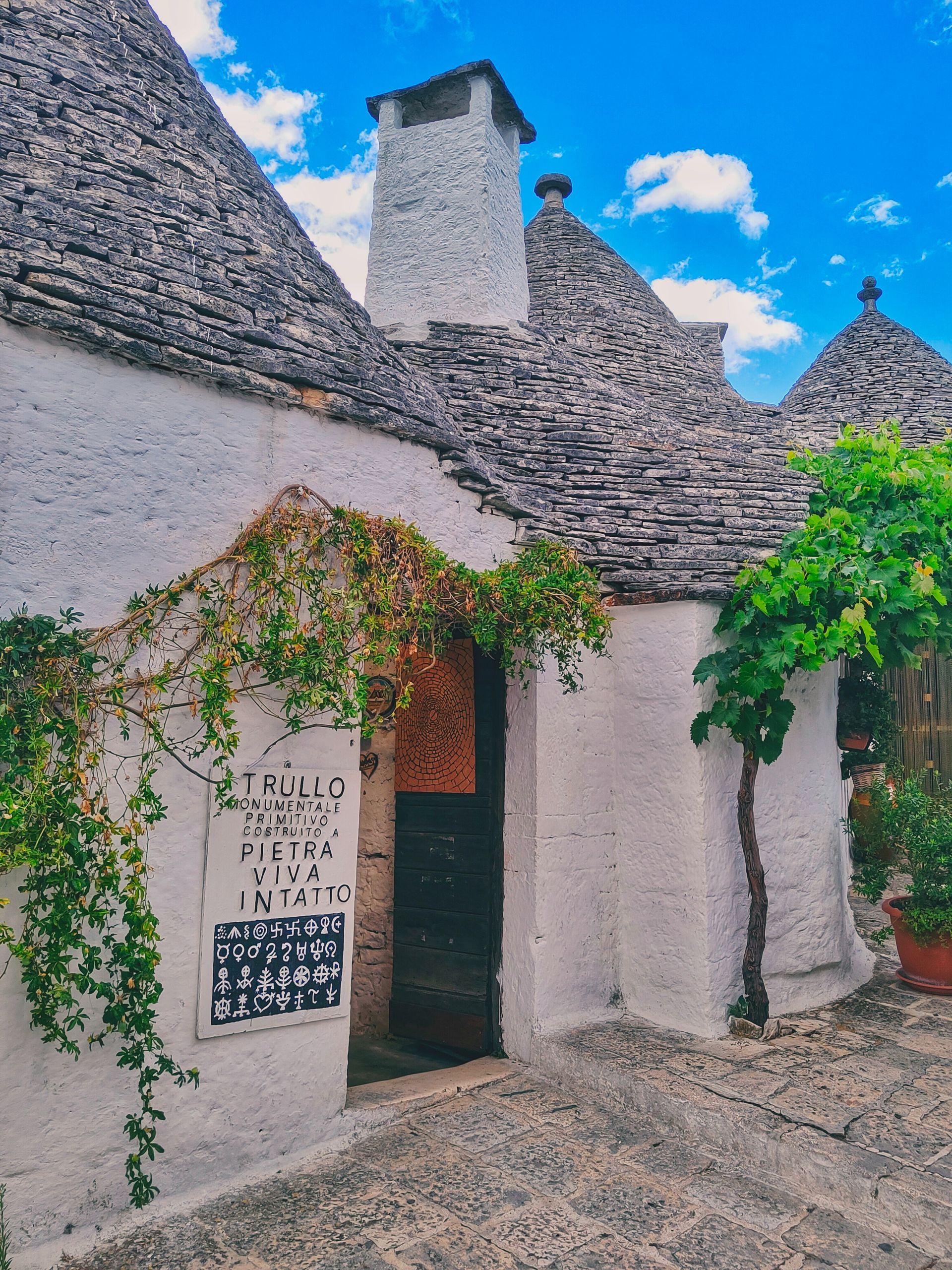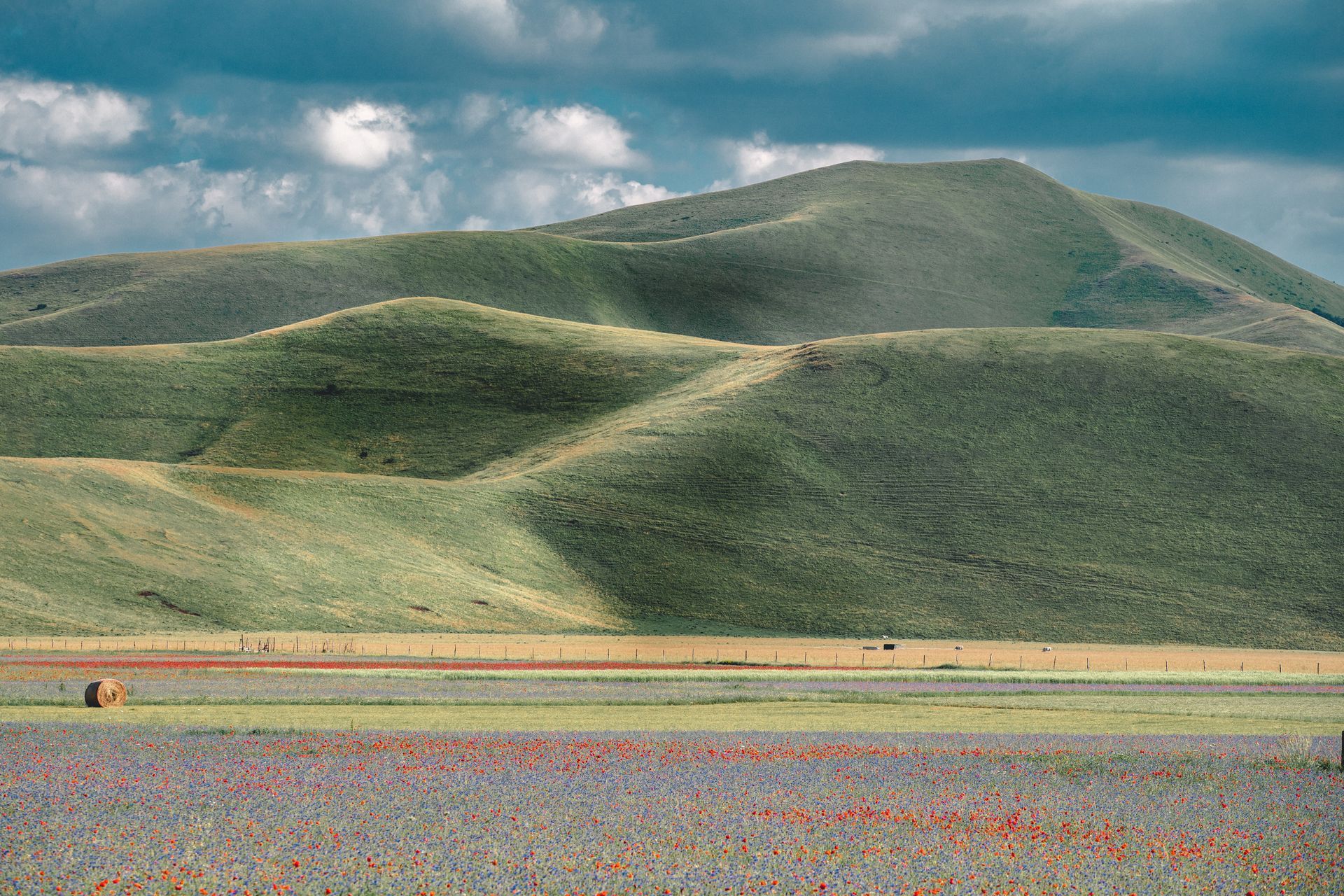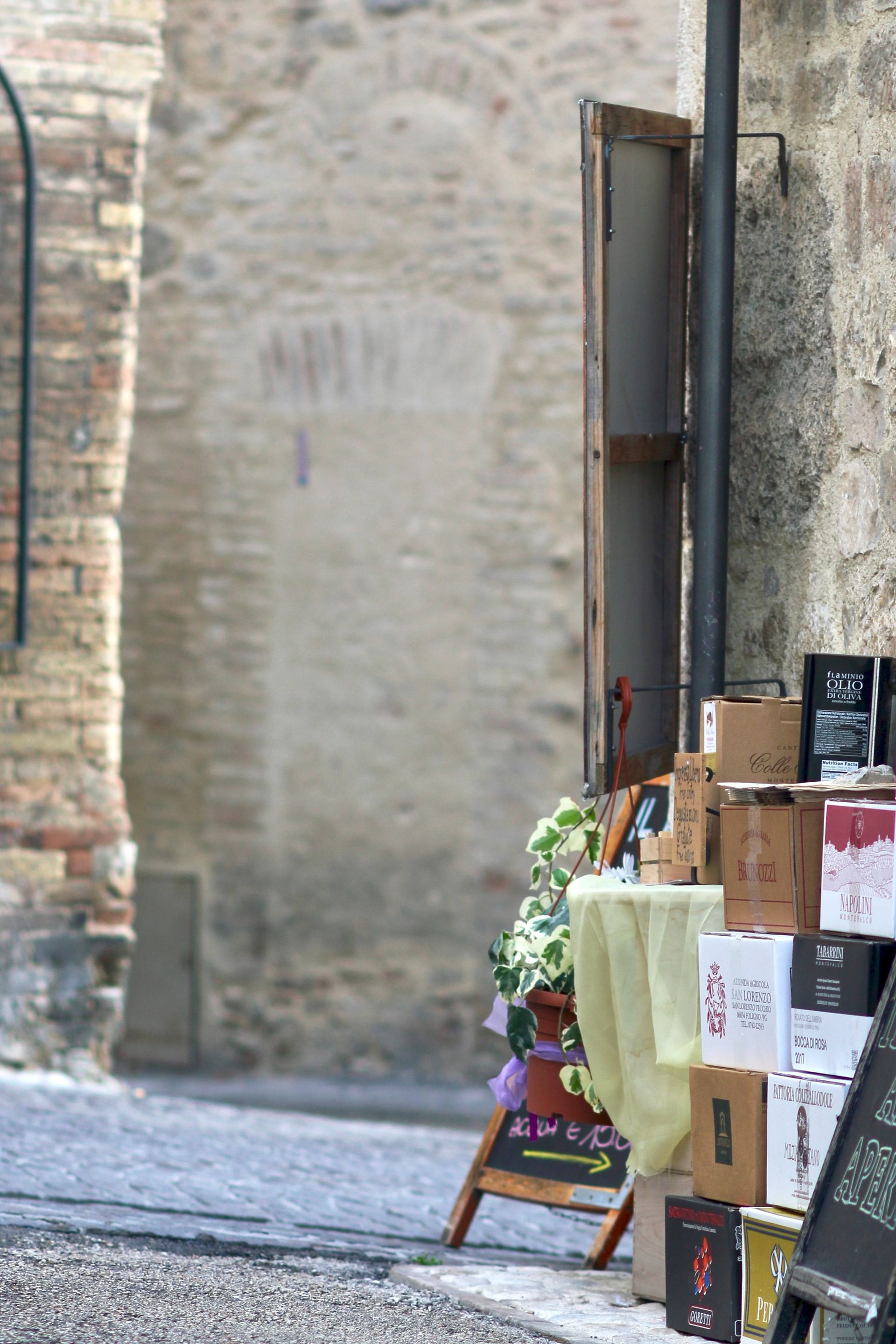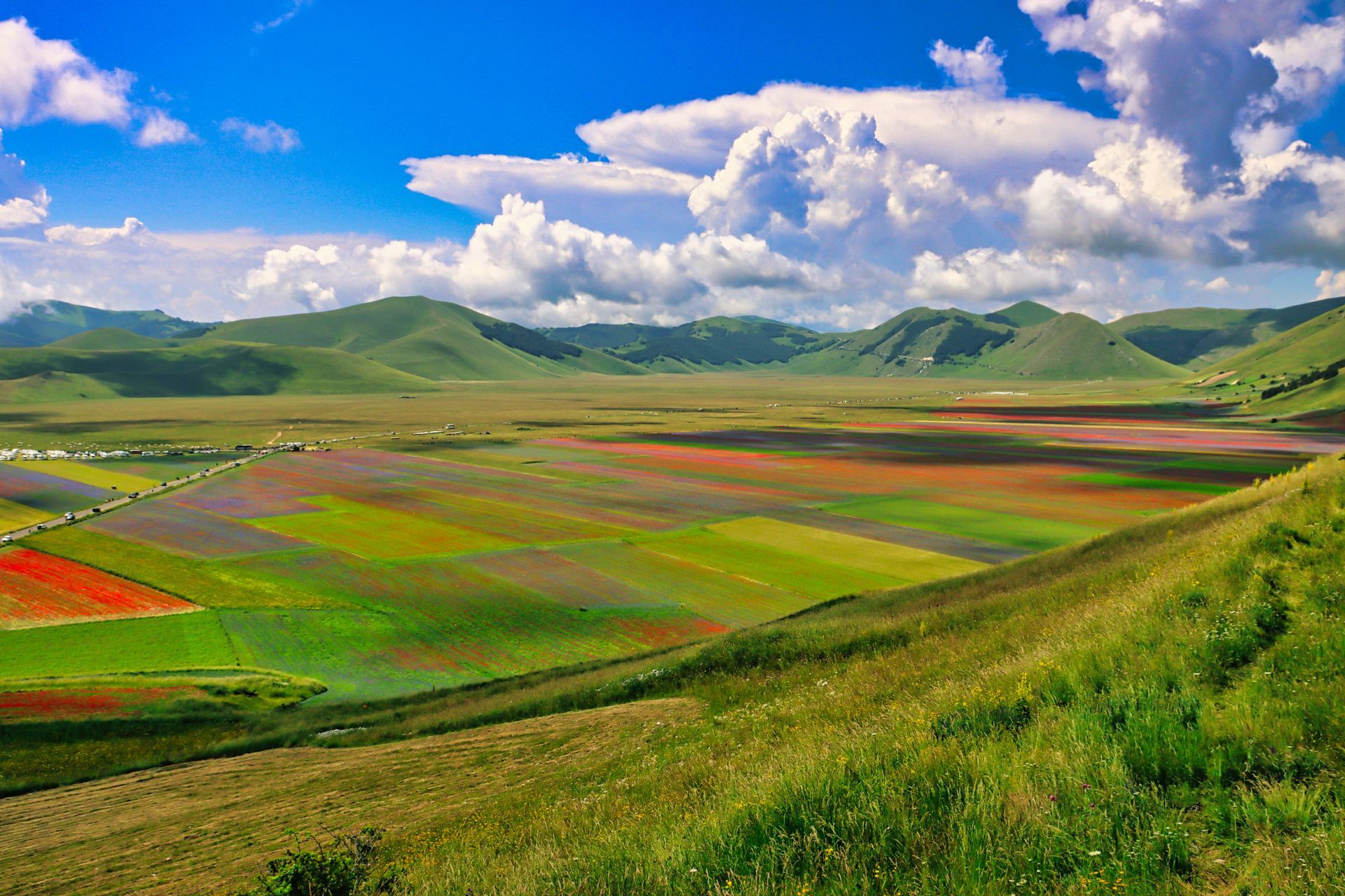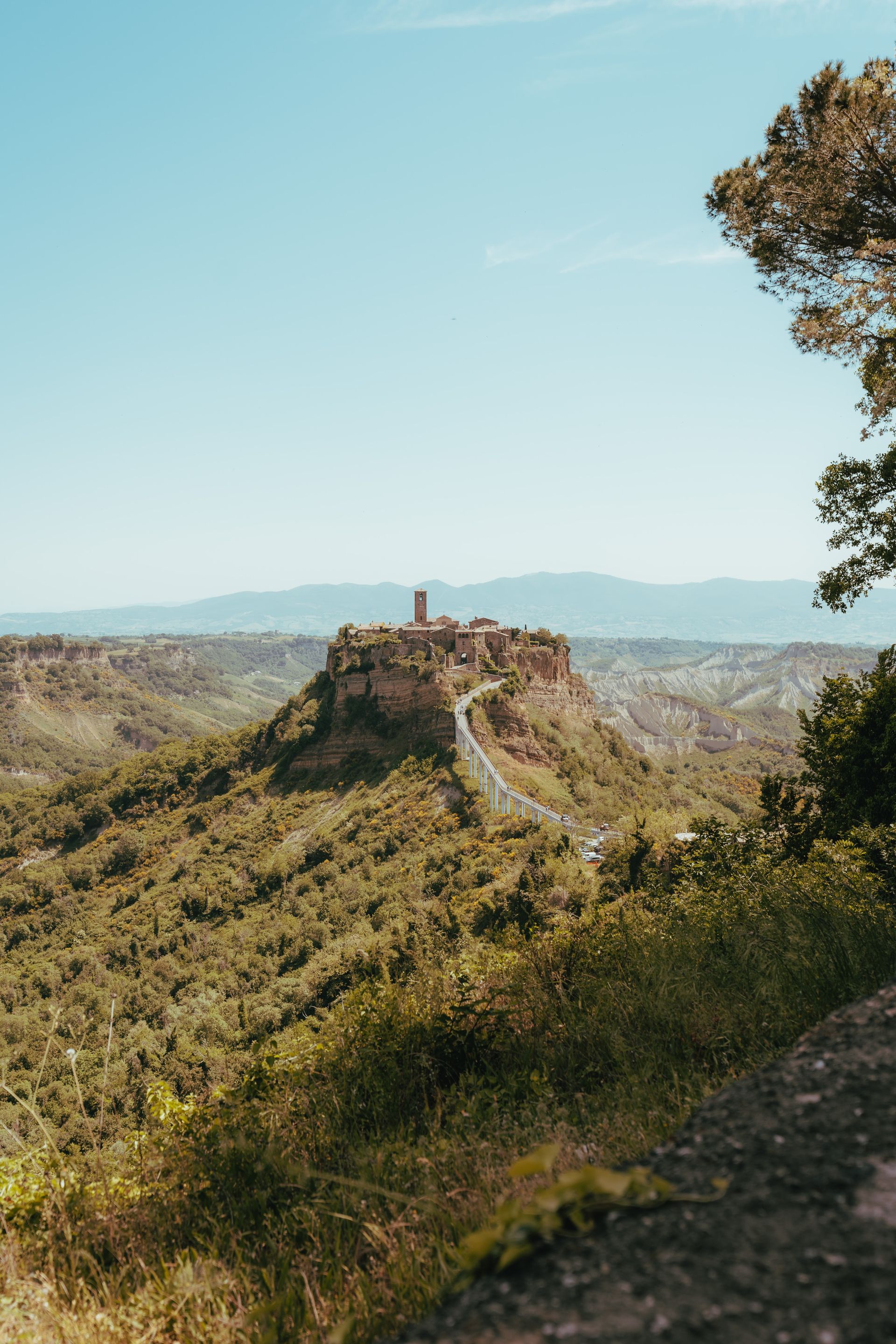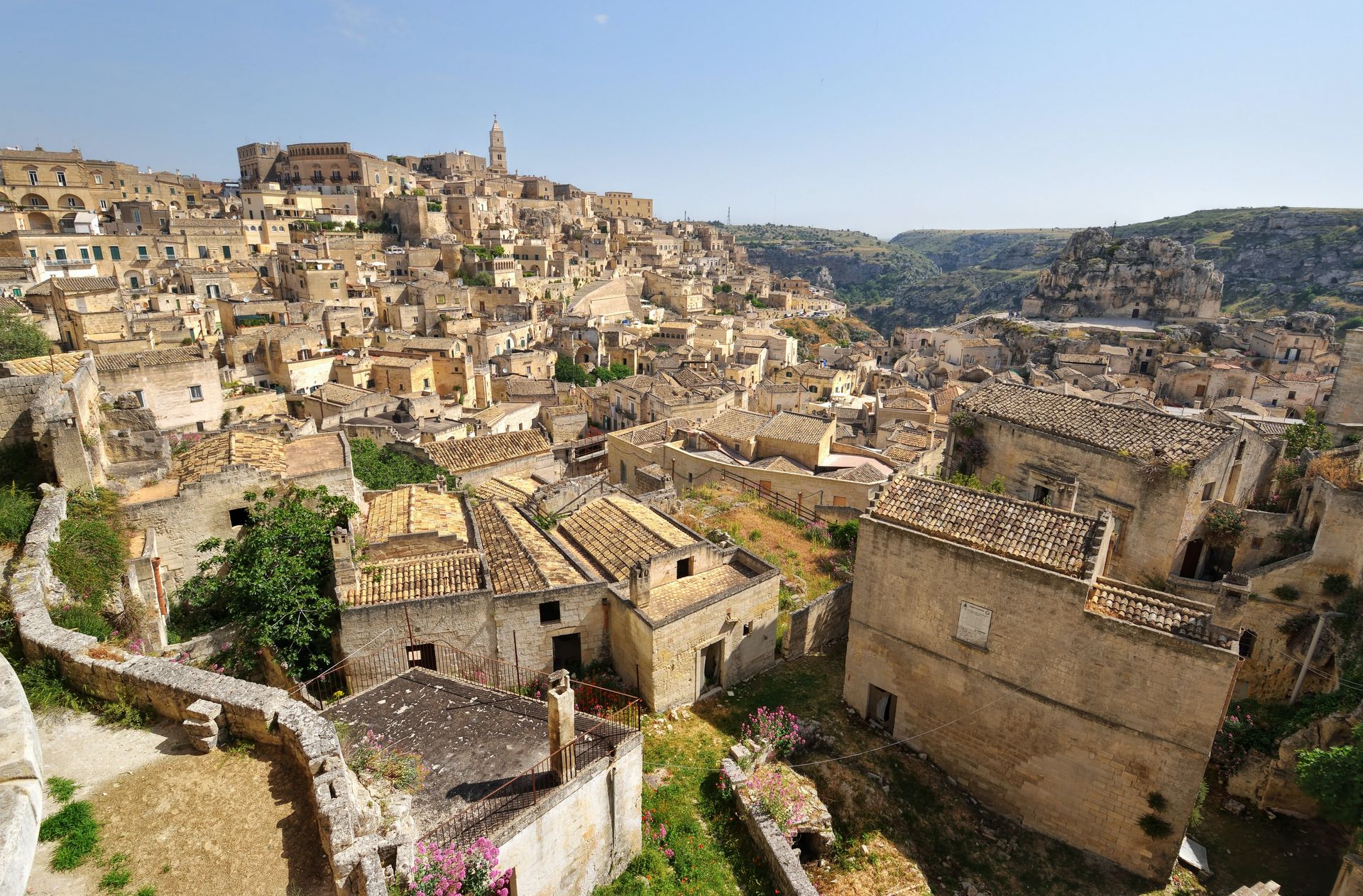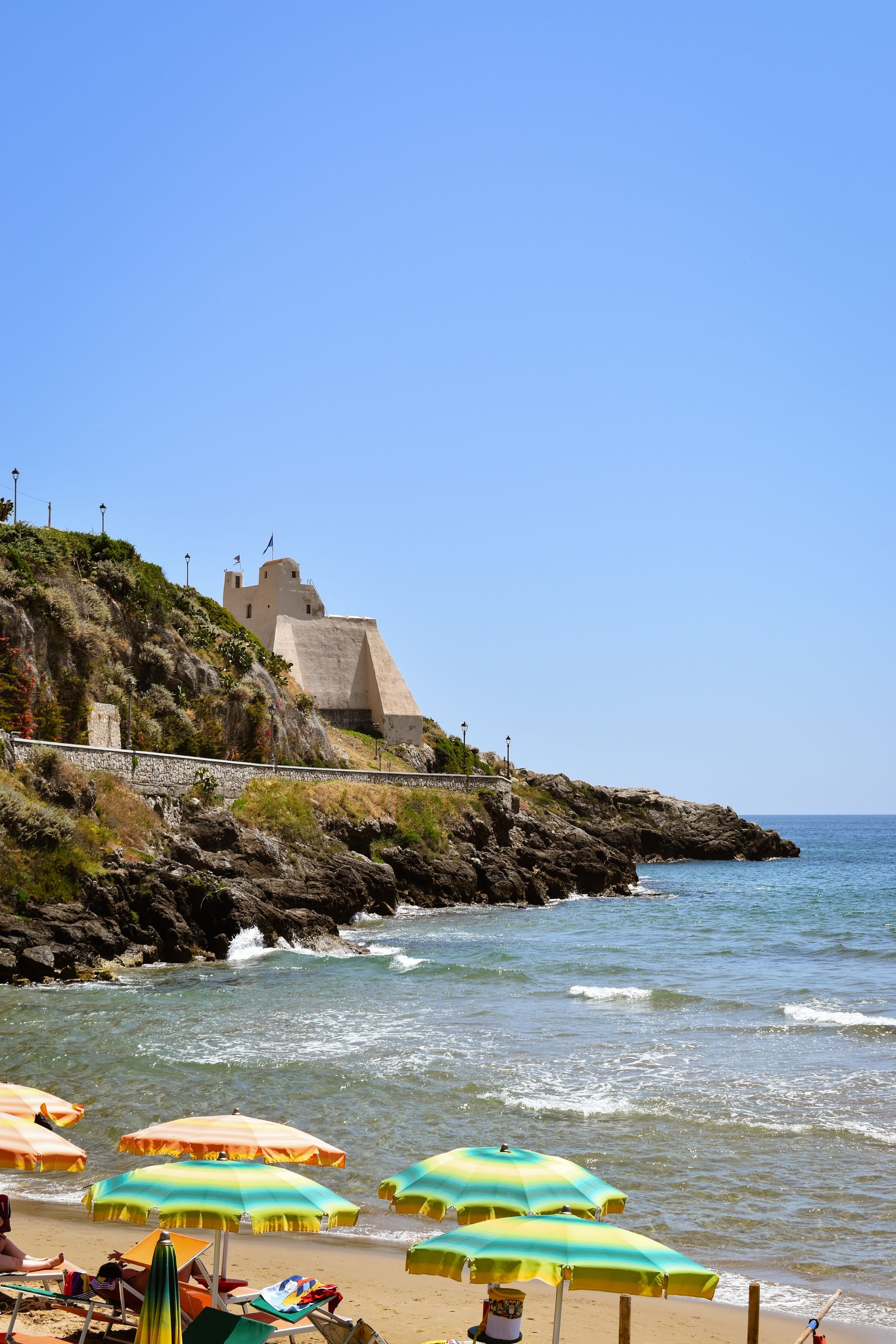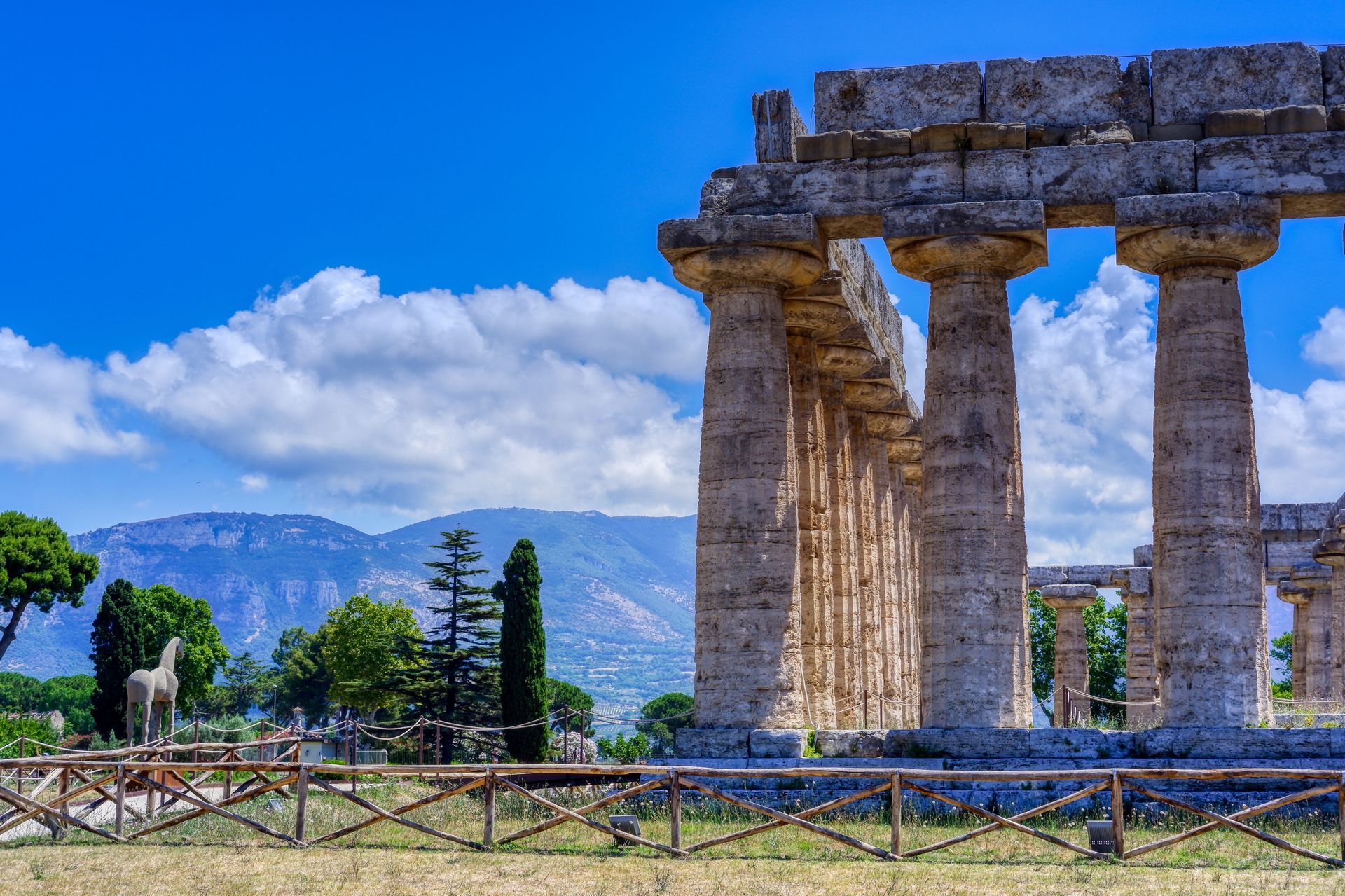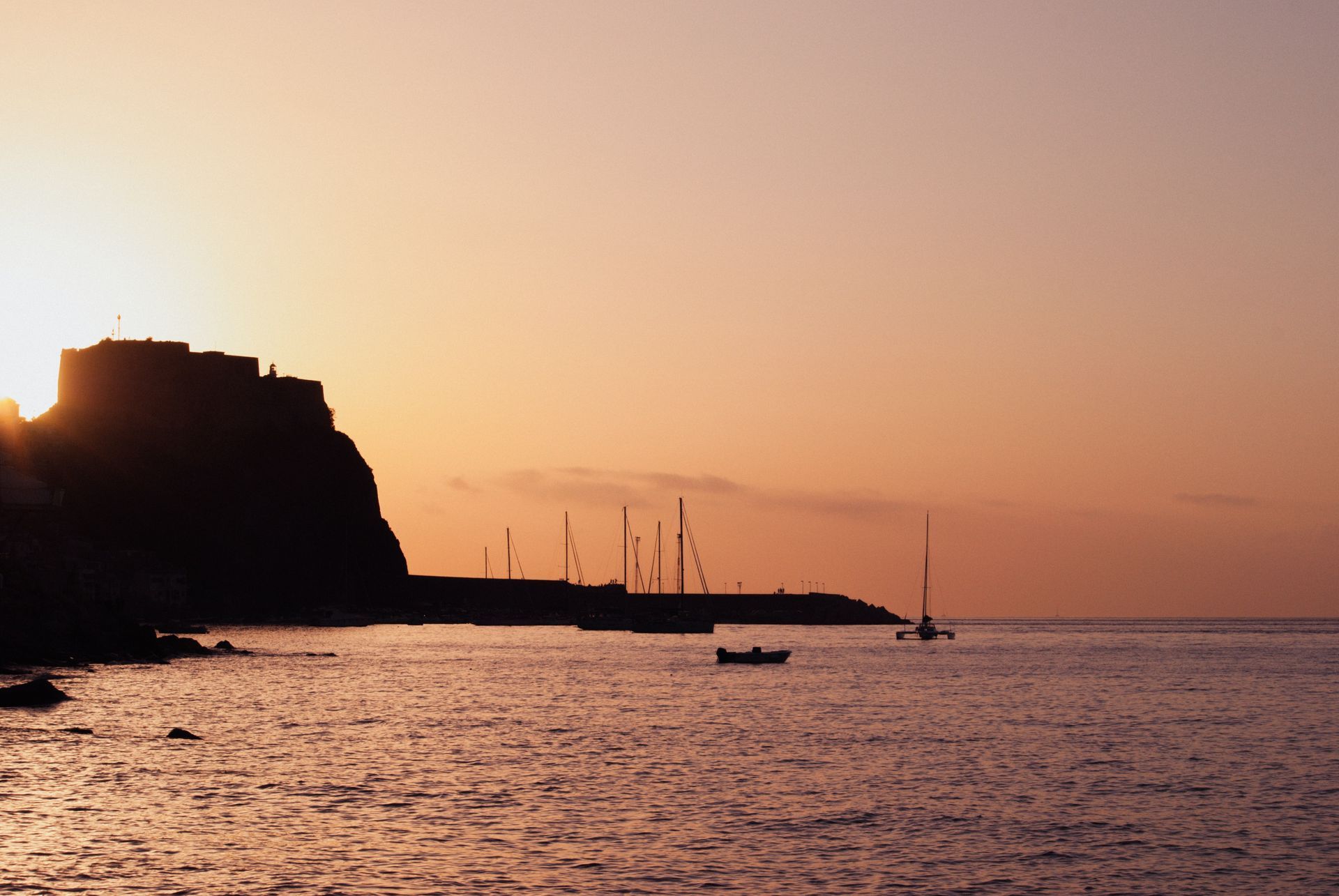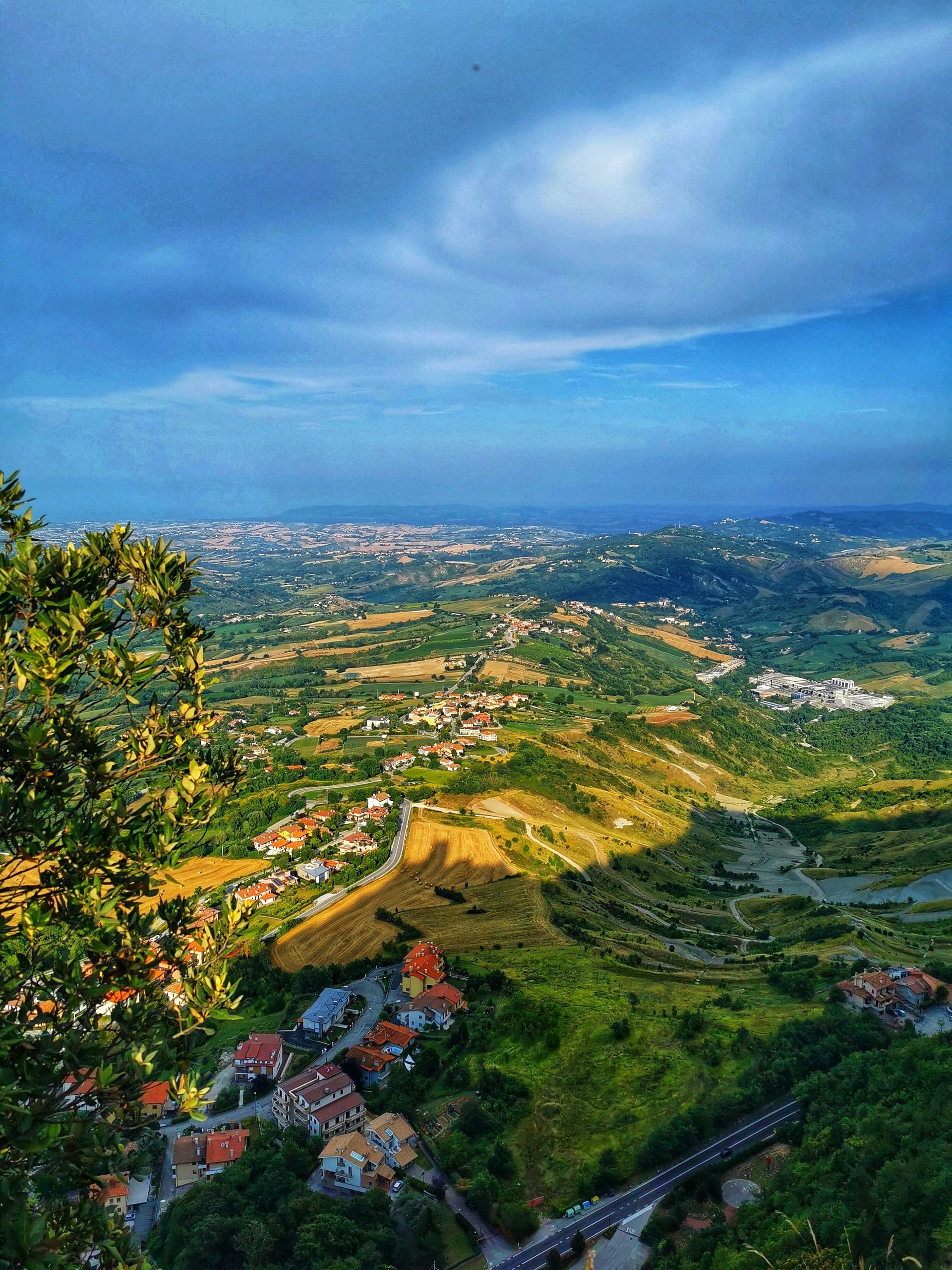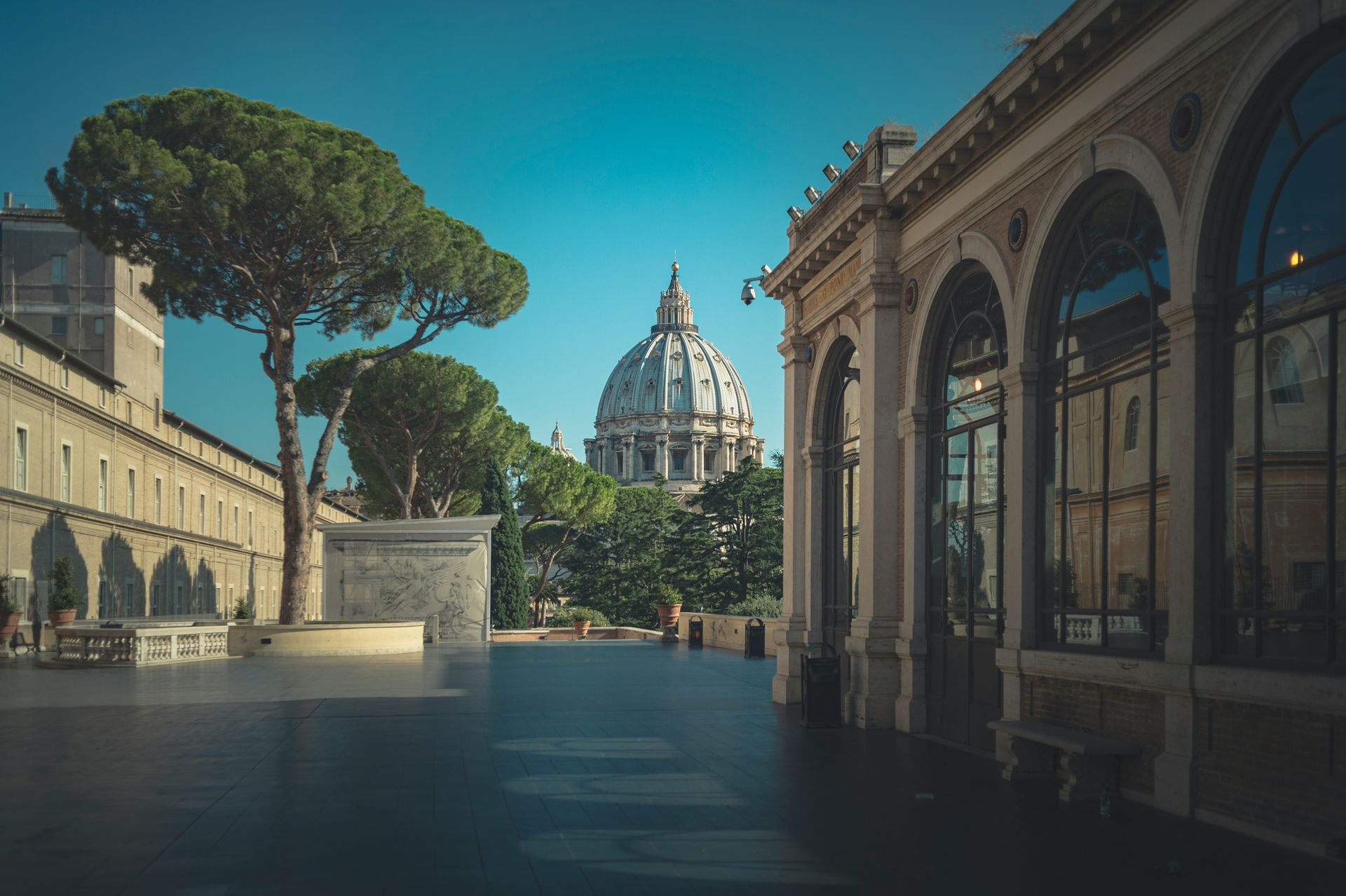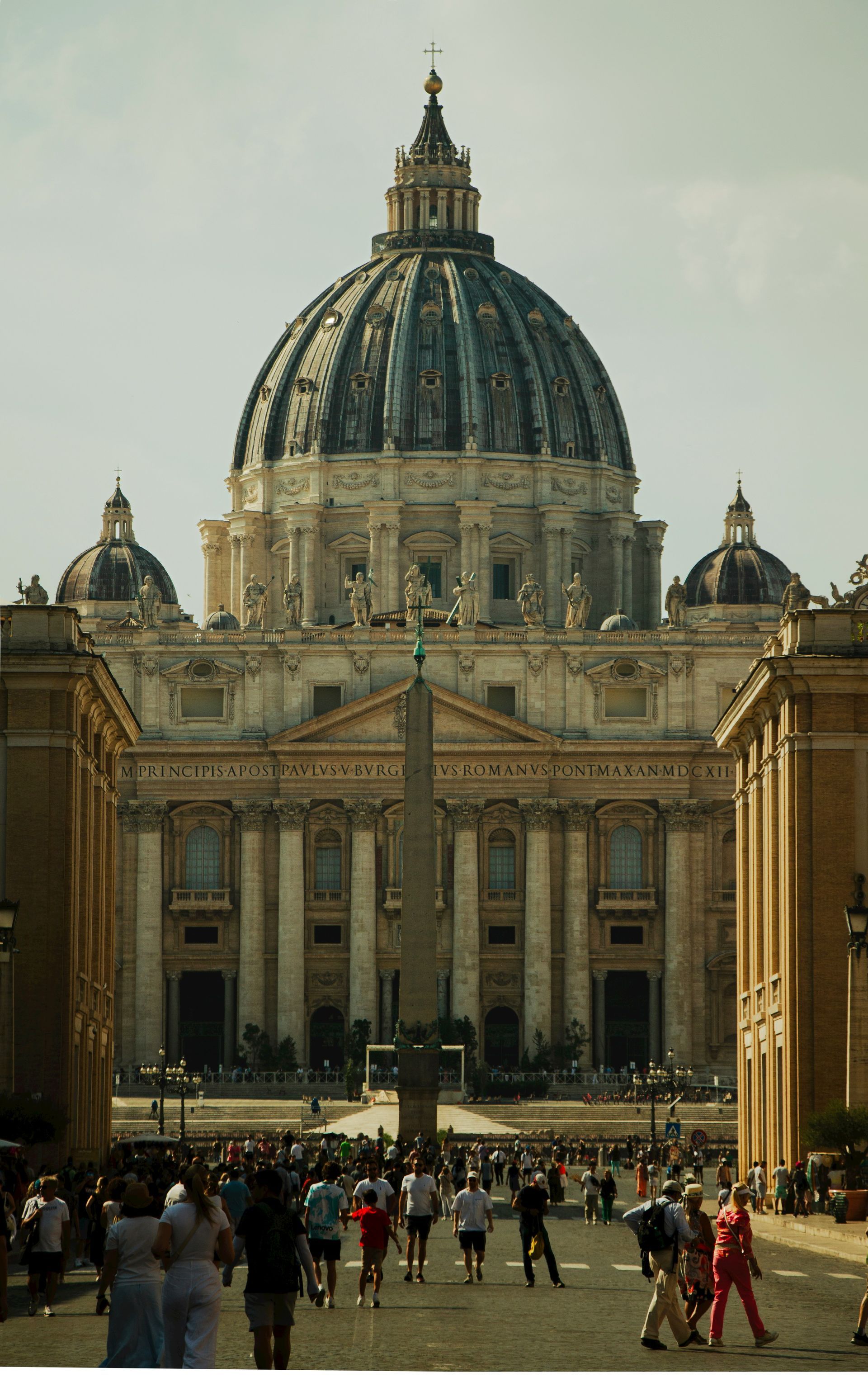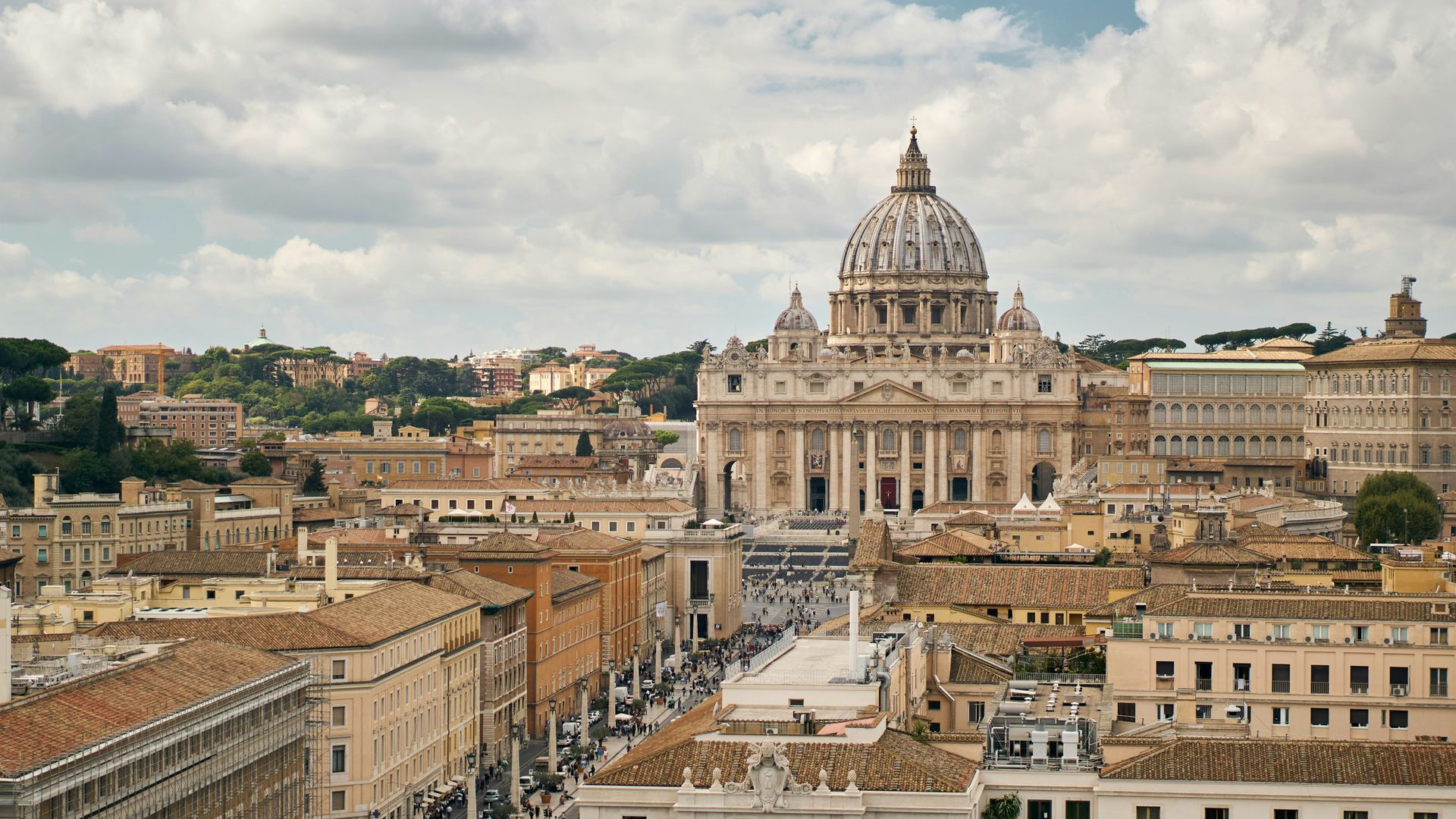Spreading Smile across the globe
Hidden Gems of Northern Italy
Hidden Gems of Italy are a testament to the country's diverse and enchanting beauty, often concealed from the traditional tourist routes. While Italy is celebrated for its iconic cities like Rome, Florence, Venice, and the Amalfi and Cinque Terre coasts, it's the lesser-known destinations that promise a unique journey. These unexplored regions offer travellers a chance to experience Italy's authentic culinary delights, rich historical narratives, and stunning natural landscapes. From the northern reaches to the southern shores, these Hidden Gems of Italy reveal a different facet of this remarkable nation.
Lake Orta - Piedmont
Hidden Gems of Italy come to life at Lake Orta, tucked away near the Swiss border in the heart of Piedmont. This hidden paradise often evades the spotlight compared to its more famous counterparts like Lake Como and Lake Garda. The historic town of Orta San Giulio, with its Baroque and Medieval architecture, cobbled streets, and idyllic Piazza Motta, enchants visitors. The glistening waters of the lake itself invite moments of serenity. What makes Lake Orta truly extraordinary is the mysterious island at its centre—a tranquil sanctuary inhabited by resident nuns.
Treviso - Veneto
Among the Hidden Gems of Italy, Treviso stands as a city in the Veneto region that retains its genuine northern Italian charm. Meandering through its narrow cobbled lanes, picturesque canals, and medieval city walls feels like a step back. Positioned on the fringes of the renowned Prosecco wine region, Treviso provides a delightful excuse for an aperitivo with a glass of Italy's renowned sparkling Prosecco.
Aosta Valley
Nestled among the bordering landscapes of Switzerland and France, the Aosta Valley showcases breathtaking alpine scenery, perched castles, and traditions that thrive throughout the year. When spring and summer arrive, the region's walking trails entice explorers. This season also brings lively festivals that celebrate folk traditions that date back to medieval times. Be sure to savour the local cheese Fontina, a culinary delight that embodies the spirit of this Hidden Gem of Italy.
Alba - Piedmont
Alba, a sought-after destination among Italy's hidden gems, is situated in the vineyards of the Langhe Hills. Once adorned with a hundred towers, Alba exudes a charming rural ambience. It's renowned for its autumn truffle festival, a gastronomic event that captures the essence of the region. Alba is also celebrated for its dark chocolate, hazelnut groves, white truffles, and prestigious wineries. It's from this very region that the sought-after Barolo wine originates.
Camogli - Liguria
Camogli, a typical and vibrant Italian seaside village on the Ligurian Riviera di Levante, perfectly embodies the spirit of the Hidden Gems of Italy. Towering, brightly painted houses dominate the town, and it has become a magnet for visitors seeking pristine beaches, Ligurian cuisine, the rustic fishing marina, Italian culture, and a tranquil natural setting. Camogli has earned its reputation for culinary excellence, focusing on fish and seafood, particularly anchovies and tuna, as well as the iconic pesto sauce made from basil and pine nuts.
Brescia - Lombardy
Hidden Gems of Italy often come alive through history, and Brescia is no exception. In this small city, history unfolds through a tapestry of architectural styles, spanning Roman, Medieval, Renaissance, Baroque, and even Art Deco. Walking through Brescia feels like a journey through time, and a visit to the captivating Piazza della Loggia, framed by a stunning Venetian-style palace at its heart, is a must for history enthusiasts.
Trieste
Trieste is a refreshingly unique destination, an Italian city positioned near the Slovenian border with its dialect that's a delightful blend of Austrian-German, Greek, Croatian, and Italian. Trieste's neoclassical waterfront is a sight to behold, with its marina brimming with stylish, glimmering yachts. The city's offerings include clear blue skies, expansive sandy beaches, city lidos, and the surrounding vineyards. Trieste is a Hidden Gem of Italy that belongs on every traveller's Northern Italian itinerary.
Modena - Emilia-Romagna
Modena is famed for its Hidden Gems of Italy, including balsamic vinegar, Luciano Pavarotti, the Romanesque cathedral, and the nearby Ferrari museum. Beyond these illustrious attractions, Modena reveals a treasure trove of remarkable restaurants. Massimo Bottura's Osteria Francescana has twice earned a place among the world's top 50 eateries, showcasing the culinary excellence of this Hidden Gem. While in Modena, don't miss the chance to savour local specialities like stuffed tortellini and sparkling Lambrusco wine, the perfect complement to your gastronomic journey.
Chiusa / Klausen - South Tyrol
Chiusa, also known as Klausen, is one of Italy's most picturesque villages. It is situated on the banks of the Isarco River in the South Tyrolean region near the Austrian border. Chestnut groves, green fields, vineyards, and farmsteads surround the town. In the village itself, visitors are captivated by narrow alleyways, coats of arms, large bay windows, crenellated facades, and the two main squares.
Ravenna - Emilia-Romagna
Ravenna offers a treasure trove of experiences among the Hidden Gems of Italy. This city is a feast for the senses, with its diverse offerings of food, music, art, culture, history, beaches, wine, and mosaics. Ravenna is home to eight UNESCO-listed sites, making it a must-visit for history and art enthusiasts. It's also known for its two-month-long music festival, Dante Alighieri's tomb, local culinary delights, nearby beach resorts, and the opportunity to explore pinewood forests. The city's fame is derived from its stunning mosaics, dating from the fifth and sixth centuries, scattered throughout the town.
In conclusion, Italy's Hidden Gems invite you to embark on a journey less travelled, where the rich tapestry of history, diverse cuisine, and breathtaking landscapes come to life. These lesser-known destinations provide an authentic Italian experience, away from the bustling crowds, revealing the nation's soul in its purest form. Explore these Hidden Gems to uncover Italy's hidden treasures.
Hidden Gems of Central Italy
Hidden Gems of Italy beckon the adventurous traveller to explore the lesser-known treasures that this remarkable country holds. From the picturesque valleys of Tuscany to the medieval charm of Umbria, the mysterious landscapes of Molise, and the architectural wonders of San Gimignano, these destinations promise unforgettable experiences.
Garfagnana - Tuscany
The Garfagnana region is a hidden gem in the beautiful Tuscan valley north of Lucca. It is crossed by the Serchio River, and the landscape is characterized by fertile greenery, rugged mountains, and charming villages. Outdoor activities such as hiking, walking, and mountain biking are enjoyed by many people in this area. Garfagnana is home to several one-of-a-kind attractions, including a ghost town, a wind cave, and the Devil's Bridge at Borgo a Mozzano.
Gubbio - Umbria
Umbria hides many treasures, and a particular favourite among Hidden Gems of Italy is the Medieval hilltop town of Gubbio. Gubbio, a city with a history dating back over 2,000 years, is a maze of cobbled streets and stone buildings that have been perfectly preserved. Visitors can take a cable car to the summit of Mount Ingino to enjoy panoramic views of the surrounding area. In addition, Gubbio hosts Italy's oldest event, the Corsa dei Ceri, in which teams race through the streets carrying massive wooden candles.
Molise
Molise is Italy's second-smallest region and one of its best-kept secrets. Hidden Gems of Italy are plentiful here. The picturesque town of Agnone is renowned for its artisanal bells, produced by the oldest family-run bell foundry in the world. Meanwhile, Campobasso, the regional capital, boasts a stunning medieval old town. Molise offers a captivating mix of historical charm and natural beauty, with rugged mountains, rolling hills, and pristine beaches along the Adriatic coast.
San Gimignano - Tuscany
Nestled in the heart of Tuscany, San Gimignano boasts medieval architecture and, of course, its famous towers. The town's historic centre is a UNESCO World Heritage site, known for its fourteen stone towers that once symbolised wealth and power. San Gimignano offers a glimpse into medieval Tuscany, with well-preserved streets and squares that transport visitors to another time. Besides the towers, make sure to explore the Collegiate Church and indulge in the local Vernaccia wine, a crisp white wine produced in the region.
Spello - Umbria
Another gem in the heart of Italy, Spello enchants visitors with its winding medieval streets and stunning floral displays. Known as the "Città Infiorata" or "flower town," Spello hosts the Infiorata festival, during which the streets are carpeted with intricate flower petal designs. This event occurs in early June and is a magnificent spectacle. Outside of the festival, Spello's charm continues with its well-preserved historic centre and beautiful churches.
Trulli of Alberobello - Apulia
Apulia, or Puglia, is famous for its unique trulli houses, and Alberobello is the epicentre of this architectural marvel. These whitewashed conical homes are a UNESCO World Heritage Site that offers a glimpse into the region's history. Visitors can even stay in trulli that have been converted into accommodations, providing a truly immersive experience.
Norcia - Umbria
Nestled in the Sibillini Mountains, Norcia is renowned for its gastronomy. This charming town produces exceptional cured meats, particularly prosciutto and salami. For food enthusiasts, Norcia is a true Hidden Gem of Italy. Explore local shops, taste the region's specialities, and visit the beautiful town square. Nature enthusiasts will also find hiking trails and natural beauty in the nearby Monti Sibillini National Park.
Montefalco - Umbria
Montefalco is often called the "Balcony of Umbria" for its stunning views over the surrounding valley. This charming town is also known for its wine, particularly Sagrantino, one of Italy's most robust red wines. Montefalco's medieval centre is picturesque and hosts several churches with remarkable frescoes, making it a cultural and gastronomic gem.
Castelluccio di Norcia - Umbria
High in the Sibillini Mountains, Castelluccio di Norcia is a quaint village known for its stunning wildflower blooms in late spring and early summer. The surrounding plateau becomes a colourful tapestry, attracting photographers and nature enthusiasts. Besides the flowers, visitors can enjoy hiking and take in the breathtaking scenery. Hidden Gems of Italy like Castelluccio di Norcia provide a unique connection to nature and the changing seasons.
In the heart of Italy, a treasury of Hidden Gems awaits the intrepid traveller. From the mysterious ghost town of Garfagnana to the ancient charms of Gubbio, the enchanting landscapes of Molise, and the medieval splendours of San Gimignano, these lesser-known destinations reveal Italy's diverse beauty and rich history. Journey through the tranquil streets of Spello, marvel at the unique trulli houses in Alberobello, savour the culinary delights of Norcia, and bask in the vibrant blooms of Castelluccio di Norcia. These Hidden Gems of Italy promise an unforgettable adventure in a land of timeless wonder.
Hidden Gems of Southern Italy
Italy, a land of rich history, captivating art, and exquisite cuisine, is known for its iconic cities and world-famous landmarks. Despite the tourist-filled streets and crowded piazzas, the country holds many hidden gems—lesser-known destinations that offer a more intimate and authentic experience. These places, tucked away in various corners of Italy, are a testament to the nation's diverse and enchanting beauty, waiting to be explored by the discerning traveller. From medieval towns perched atop hills to charming coastal villages and ancient archaeological sites, the Hidden Gems of Italy promise unique adventures and unforgettable memories.
Civita di Bagnoregio - Lazio
Civita di Bagnoregio is often called the "Dying Town" because of its gradual erosion over the centuries. This medieval village is perched on a hilltop and can only be reached by a long footbridge. It's a unique destination, seemingly suspended in time, and is the perfect Hidden Gem for history buffs and photographers.
Matera - Basilicata
Matera, known for its cave dwellings, is one of Italy's most intriguing and unique destinations. The Sassi di Matera, a historic cave settlement, is a UNESCO World Heritage Site. Matera is gaining popularity but still qualifies as one of the Hidden Gems of Italy. Touring this labyrinth of stone-carved rooms and narrow streets offers an incredible historical journey.
Sperlonga - Lazio
Sperlonga is a charming coastal town characterized by its pristine beaches, winding alleys, and picturesque piazzas. Nestled between Rome and Naples, Sperlonga is often overlooked by travellers. A visit here reveals a relaxed and authentic Italian atmosphere, perfect for strolls and seaside relaxation. Take advantage of the Grotto of Tiberius, a cave once used as the emperor's villa and now a museum.
Paestum - Campania
The ancient ruins of Paestum, originally a Greek colony known as Poseidonia, provide an extraordinary window into Italy's history. The temples are exceptionally well-preserved, ranking among the best-preserved in the world. Paestum is also home to a fascinating archaeological museum that displays artefacts from the site. Enjoy a step back in time amid the Hidden Gems of Italy.
Castro - Apulia
Castro, a picturesque coastal town, boasts a historic centre perched on a rocky outcrop. Visitors can explore ancient churches, fortifications, and a charming harbour. Castro also has sea caves that can be explored by boat. The region's cuisine is a seafood lover's paradise, making this town a Hidden Gem for food enthusiasts as well.
Scilla - Calabria
Scilla, an idyllic coastal village in Calabria, offers stunning sea views and hidden beaches. The town is known for the Ruffo Castle, which dominates the landscape, and the legendary sea monster Scylla from Greek mythology. The charming village is a serene and lesser-known alternative to some of the more crowded Italian seaside destinations.
San Marino
San Marino is a microstate surrounded by Italy and is one of the world's oldest republics. It's a destination that's often missed, making it a true Hidden Gem. San Marino boasts dramatic mountaintop views, historic architecture, and unique attractions like the Guaita Tower and the Palazzo Pubblico. For collectors, the country is also known for its beautiful stamps and coins.
Conclusion
Discovering the Allure of Hidden Gems of Italy
Hidden Gems of Italy offers travellers an authentic experience, far removed from the tourist-packed cities and famous landmarks. These lesser-known destinations unravel the genuine charm, culture, history, and culinary wonders that make Italy an endlessly fascinating country to explore. From the mountains of the North to the coasts of the South, each region holds its treasures, waiting to be discovered by those who venture off the beaten path. By exploring the Hidden Gems of Italy, you can craft a unique and unforgettable journey that deepens your appreciation of this incredible country. Plan your trip carefully, and you will be rewarded with the beauty, history, and flavours that characterize these enchanting places.
Best time of day to visit Sistine Chapel
Embarking on a journey through the Vatican City's artistic treasures, the Sistine Chapel stands as a pinnacle of awe-inspiring beauty and historical significance. As you plan your visit to this cultural gem, understanding the nuances of the "Best time of day to visit Sistine Chapel" becomes paramount.
Nestled within the Vatican Museums, the Sistine Chapel invites visitors into a world where Michelangelo's masterful frescoes adorn the ceiling, depicting profound biblical narratives. The journey through this sacred space is a testament to the Renaissance genius and a spiritual odyssey for art enthusiasts.
Choosing the opportune moment to explore the Sistine Chapel can enhance your experience, allowing you to absorb the intricate details and vibrant colors with greater clarity. The play of natural light at different times of the day can influence the ambiance, bringing Michelangelo's timeless creations to life in varying ways.
Join me on a virtual exploration of the optimal times to revel in the artistic splendor of the Sistine Chapel, where history, art, and divine inspiration converge to create an unforgettable pilgrimage for those seeking the "Best time of day to visit Sistine Chapel."
What Season to Visit the Sistine Chapel?
Embarking on a pilgrimage to the Sistine Chapel, one is greeted not only by timeless masterpieces but also by the ever-changing canvas of the seasons. Deciding the best time to explore Michelangelo's magnum opus is a nuanced dance between the rhythm of nature and the footfall of fellow art enthusiasts. The answer to the query of "Best time of day to visit Sistine Chapel" lies in understanding the unique offerings each season brings.
Spring unfolds a tapestry of renewal and rebirth, infusing the Sistine Chapel with gentle morning light. The soft hues of budding blossoms outside contrast the vibrant frescoes within, creating a serene atmosphere. As the day progresses, the interplay of sunlight and shadows adds depth to Michelangelo's creations.
Summer invites a flurry of visitors, yet the longer daylight hours provide ample opportunities to avoid peak times. An afternoon visit allows you to witness the chapel bathed in the warm glow of sunlight, accentuating the vivid colors of the frescoes.
Autumn ushers in a quieter ambiance. Mornings and early afternoons offer a tranquil setting, with a subtle golden light filtering through the windows, enhancing the ethereal beauty of the artwork.
Winter unveils a more intimate encounter with the Sistine Chapel. Crowds thin, providing a contemplative atmosphere. While daylight hours are shorter, the subdued lighting casts a unique spell, emphasizing the grandeur of Michelangelo's brushstrokes.
Choosing the best time of day to visit Sistine Chapel is a delicate balance between seasonal nuances and the ebb and flow of daily foot traffic. Each season unveils a different facet of this cultural gem, ensuring that regardless of when you choose to visit, the splendor of the Sistine Chapel remains an everlasting marvel.
What Day to Visit the Sistine Chapel?
Selecting the optimal day to visit the Sistine Chapel is a strategic consideration, intertwining with the overarching theme of the best time of day to explore this artistic treasure. The key to a seamless and enriching visit lies in understanding the rhythm of the chapel's visitor patterns and aligning it with your preferences.
Midweek visits, particularly on Tuesdays through Thursdays, tend to offer a more tranquil environment compared to the bustling weekends. Opting for a midweek exploration allows for a more intimate connection with Michelangelo's masterpieces. The reduced crowds create a serene ambiance, enabling visitors to absorb the profound beauty of the frescoes at their own pace.
For those seeking a quieter encounter, visiting during the off-peak seasons is advantageous. While summer attracts a larger influx of tourists, the winter months, especially January and February, witness a decrease in attendance. This makes weekdays during the winter an ideal time to explore the Sistine Chapel without the crowds, elevating the overall experience.
Taking into account the time of day alongside the chosen day is crucial. Mornings and early afternoons, irrespective of the day, present the Sistine Chapel in a softer light, enhancing the visibility and vibrancy of the artwork. However, planning a visit during the late afternoon on weekdays can also be rewarding, as the day transitions towards evening, providing a different play of shadows and illuminations on the frescoes.
Ultimately, the best time of day to visit Sistine Chapel aligns with your preferences for crowd levels and the atmosphere you seek. Whether it's a serene midweek morning or a quiet winter afternoon, understanding the nuances of each day contributes to a personalized and unforgettable encounter with this iconic masterpiece.
What time is the best time to visit Sistine Chapel?
Determining the optimal time and the best time of day to visit Sistine Chapel is a pivotal aspect of enhancing your overall experience with this iconic masterpiece. The best time of day to visit Sistine Chapel revolves around capturing the interplay of light and shadow, crucial for unveiling the intricate details of Michelangelo's frescoes.
Mornings and early afternoons emerge as prime slots for an enriching visit. During these hours, the soft natural light bathes the chapel, illuminating the artwork with a gentle glow. This not only enhances visibility but also reveals the vibrancy of the colors and the depth of Michelangelo's genius.
On weekdays, especially midweek, the Sistine Chapel tends to be less crowded, offering a more intimate connection with the artwork. Tuesdays through Thursdays are particularly conducive to a tranquil exploration, allowing visitors to absorb the profound beauty at their own pace.
For those seeking a unique perspective, late afternoons on weekdays present an alternative. As the day transitions towards evening, the play of shadows and illuminations creates a different ambiance, adding a touch of magic to the experience.
Ultimately, the best time of day to visit Sistine Chapel hinges on personal preferences. Whether you opt for the quietude of midweek mornings, the unique charm of late afternoons, or other slots that align with your schedule, thoughtful consideration of the best time of day to visit Sistine Chapel enriches your encounter with this cultural treasure.
How long should I allow for a Vatican Museum visit?
Optimizing your visit to the Vatican Museums involves strategic planning, considering factors like crowd levels and the best time of day to visit Sistine Chapel. Allocating the right amount of time ensures a comprehensive exploration of this vast repository of art.
A thorough Vatican Museums visit typically takes around three to four hours. This duration allows you to immerse yourself in the diverse collections, from the renowned Raphael Rooms to the captivating Gallery of Maps. However, the keyword "Best time of day to visit Sistine Chapel" comes into play when deciding on the timing within this window.
Embarking on your Vatican Museums journey early in the morning, around the opening time, provides a dual advantage. Not only does it coincide with a quieter period, facilitating a more contemplative experience, but it also positions you well for the best lighting conditions in the Sistine Chapel.
Considering the interconnected layout of the museums, the early hours set the stage for a relatively crowd-free exploration. This strategic approach ensures that when you reach the Sistine Chapel, the experience is enriched by the optimal interplay of natural light, showcasing Michelangelo's masterpiece in all its breathtaking glory.
Sistine Chapel opening hours
Navigating the Sistine Chapel's opening hours is a crucial aspect of planning your visit, especially when aiming for the best time of day to experience its magnificence. The chapel operates within the broader schedule of the Vatican Museums, and understanding these hours contributes to a well-timed and memorable exploration.
The Sistine Chapel is typically open from 9:00 AM to 6:00 PM, Monday through Saturday, with the last admission at 4:00 PM. However, during peak seasons, the closing time might extend to accommodate the influx of visitors.
To capitalize on the best time of day to visit Sistine Chapel, consider arriving early in the morning or later in the afternoon. Early mornings offer a quieter atmosphere, allowing for a more immersive and contemplative experience with Michelangelo's masterpieces. On the other hand, visiting in the late afternoon provides a unique play of shadows and illuminations on the frescoes as the day transitions towards evening.
Optimizing your visit within the Sistine Chapel's opening hours, aligned with the best time of day, ensures that you witness this iconic masterpiece in a setting that complements its unparalleled beauty. Don’t forget to discover the best time of day to visit Sistine Chapel!
Days of Closure: the first three Sundays of each month, plus:
- 1 and 6 January
- 30 March
- 11 February
- 1 May
- 10 April
- 15-16 August
- 29 June
- 1 November
- 8, 25, 26, 31 December
How to get to the Sistine Chapel
Navigating your way to the Sistine Chapel involves strategic choices depending on your preferred mode of transportation, intertwining with the overarching theme of the best time of day to visit Sistine Chapel.
By car:
Navigating your way to the Sistine Chapel by car offers a convenient option, with parking facilities available near Vatican City. However, considering the limited parking space and potential traffic, aiming for an early morning or late afternoon visit minimizes the hassles of congestion, providing a smoother and more enjoyable experience.
By bus:
Choosing the bus as your mode of transport presents a practical solution, as several bus lines connect central Rome to Vatican City. Planning your visit during off-peak hours, such as midweek mornings or serene winter afternoons, ensures a more comfortable journey, allowing you to appreciate the journey as much as the destination.
By walking:
For those who prefer a leisurely approach, walking from central Rome to the Vatican Museums' entrance provides a scenic and culturally rich route. Arriving during quieter times enhances the overall experience, aligning your arrival with the best time of day to visit Sistine Chapel. This option allows you to soak in the city's charm, making the journey itself a memorable part of your visit to Michelangelo's timeless masterpieces.
Conclusion:
In conclusion, determining the best time of day to visit Sistine Chapel involves a thoughtful consideration of various factors, each contributing to the overall experience. Whether you opt for a serene midweek morning, a quiet winter afternoon, or any other time that aligns with your preferences, understanding the nuanced rhythm of visitor patterns enhances the richness of your encounter with Michelangelo's masterpieces.
Navigating the intricacies of the Sistine Chapel's opening hours, seasons, and transportation options allows you to craft a personalized journey that transcends the ordinary. Whether you embark on a leisurely walk, take a bus, or drive, each mode of transportation offers its unique charm when timed well. By aligning your visit with the optimal time of day, you not only minimize crowds but also maximize the opportunity to immerse yourself in the awe-inspiring beauty of this iconic masterpiece.
Ultimately, the best time of day to visit Sistine Chapel is when it resonates with your desired ambiance and crowd levels, ensuring an unforgettable and tailored exploration of one of the world's artistic treasures.
Things To Do | Travel Information | Local's Favourites

